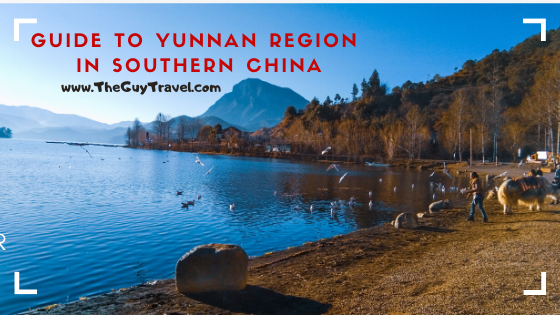
Guide to Yunnan Region in Southern China
Yunnan region, located at the southwestern province in China is home to deep gorges, snow capped mountains, enchanted lakes and of course the colourful indigenous community, forming a large number of ethnic minorities. Popularly known as “Spring City”, Kunming is the state capital. Being one of the main international gateway into the region, Kunming is often the starting point of your journey.
The main attractions for one to visit during their time in Yunnan would include Kunming, Lijiang Old Town, Shangri-La, Tiger Leaping Gorge and Lugo Lake. On average, if you are constraint for time, allow at least 8 days to complete but it will be in a rush.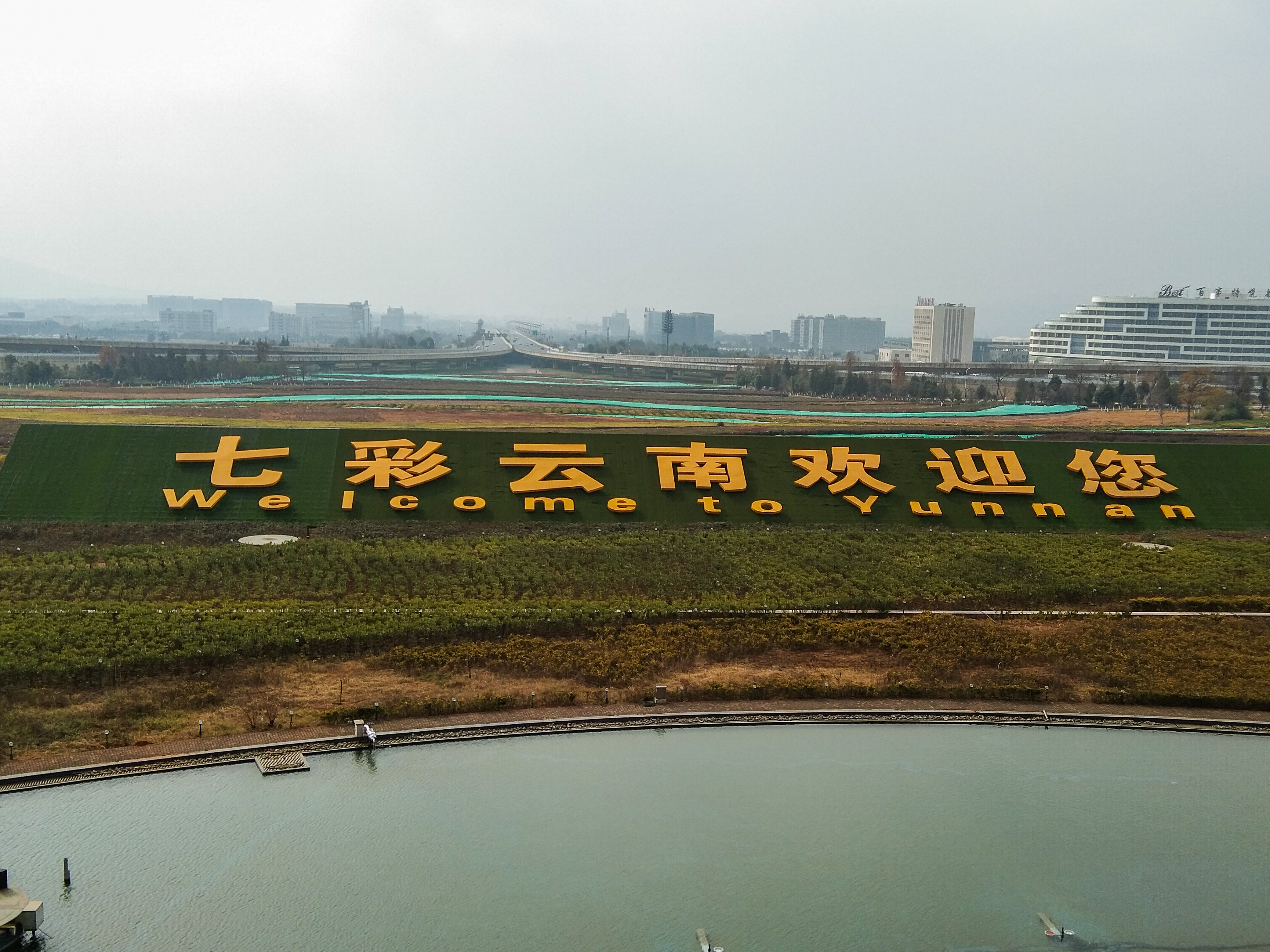
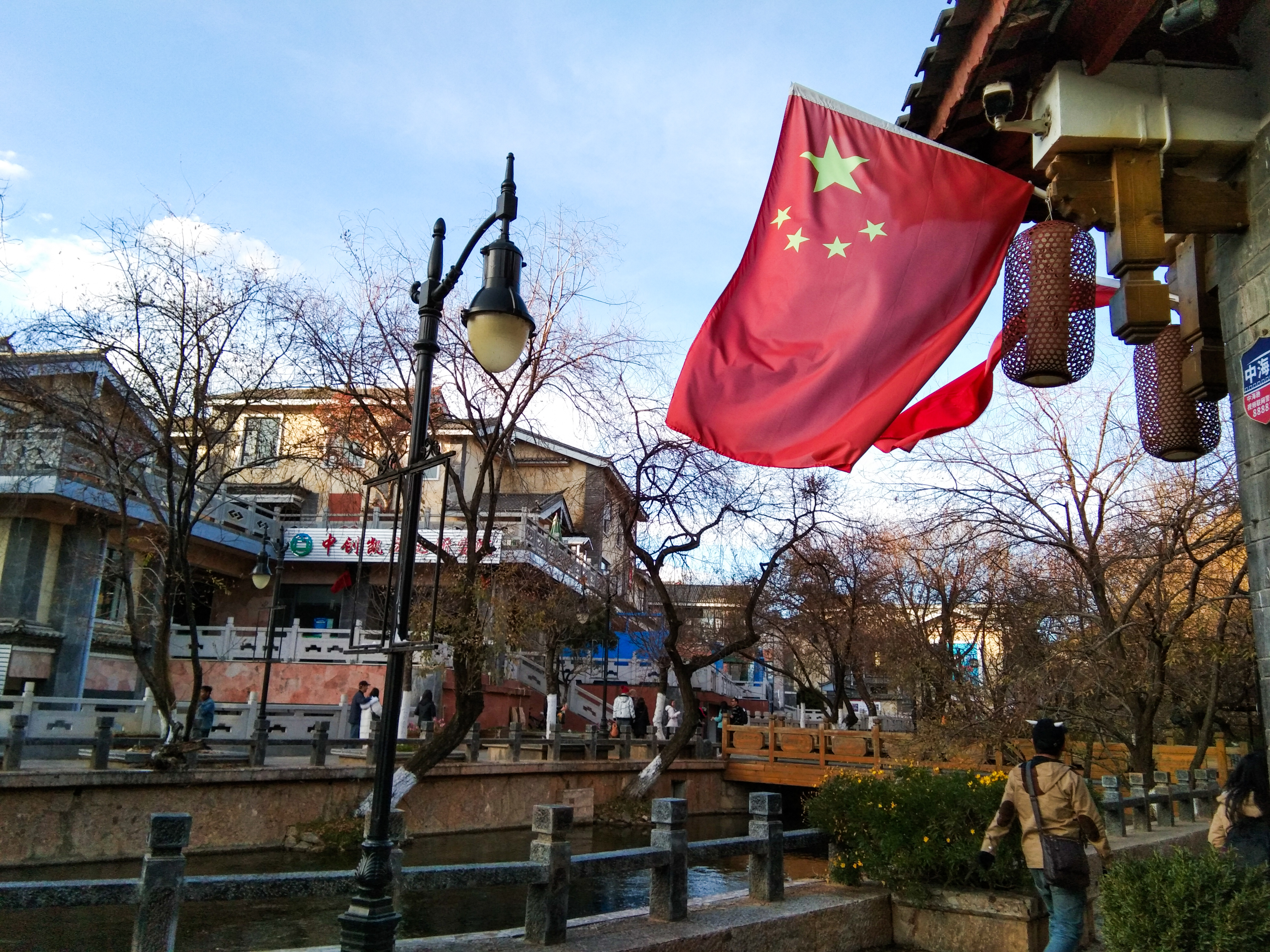
#1: Kunming
Peek into Yunnan local lifestyle? Consider heading down to Green Lake Park, located at the heart of the city, known to be one of the most beautiful parks in Kunming city.
If you are craving for local delicacy, make a trip down to Sanshi Street 三市街美食.
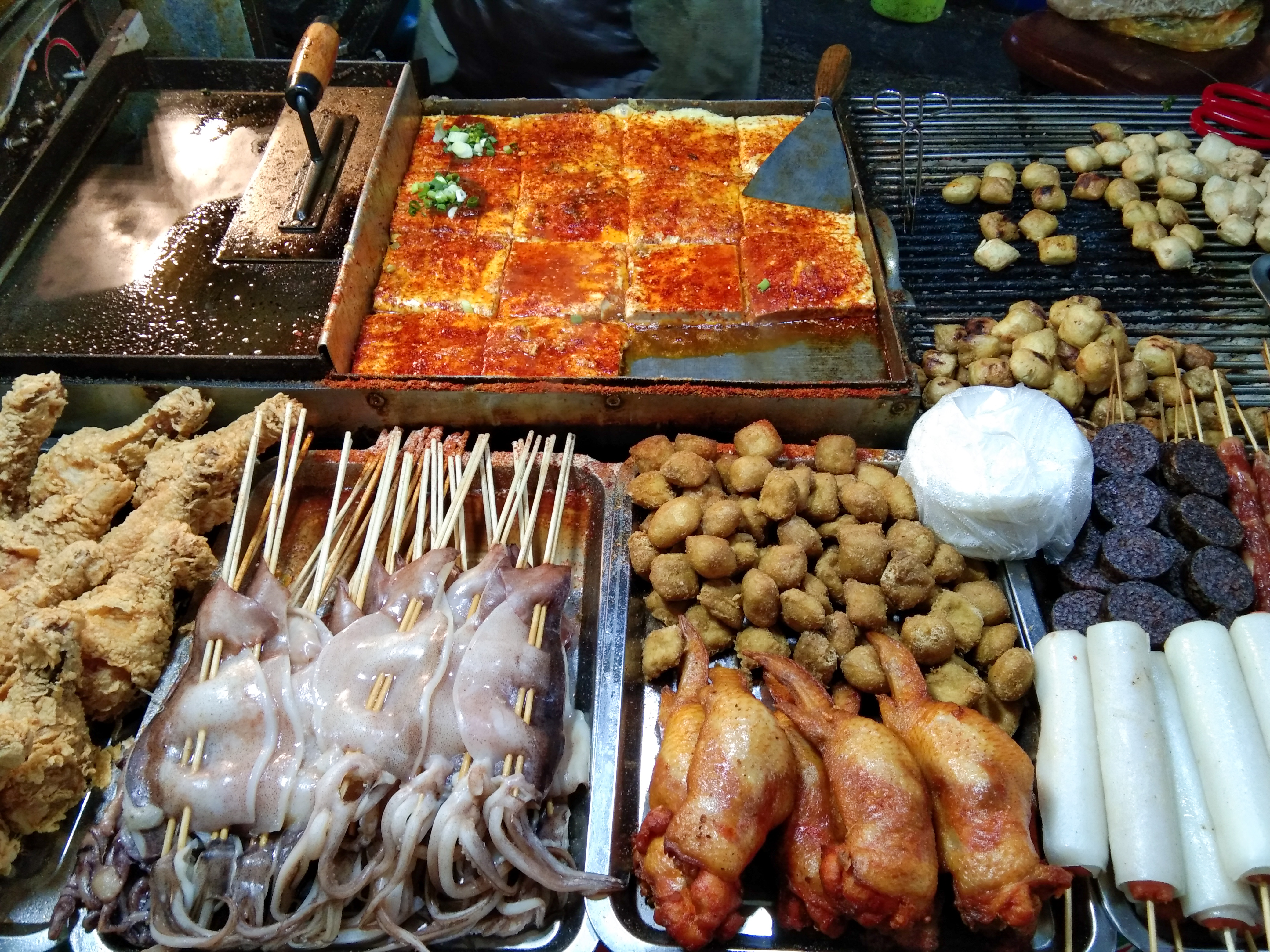
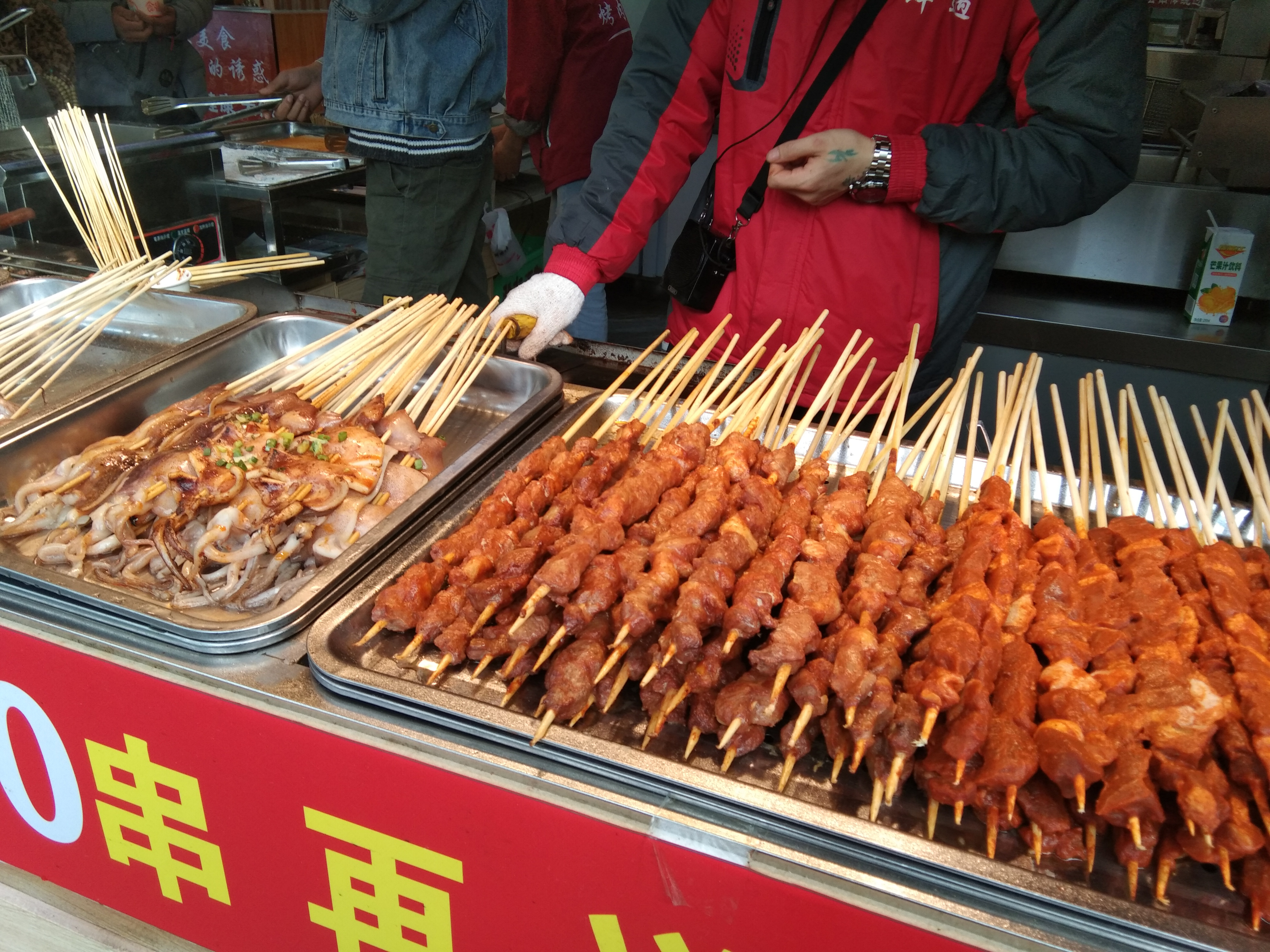
Kundu Night Market is the center of the nightlife in Kunming with many restaurants lined up. Fridays and Saturdays are the busiest times in Kundu, this is the place where one can really party at night.
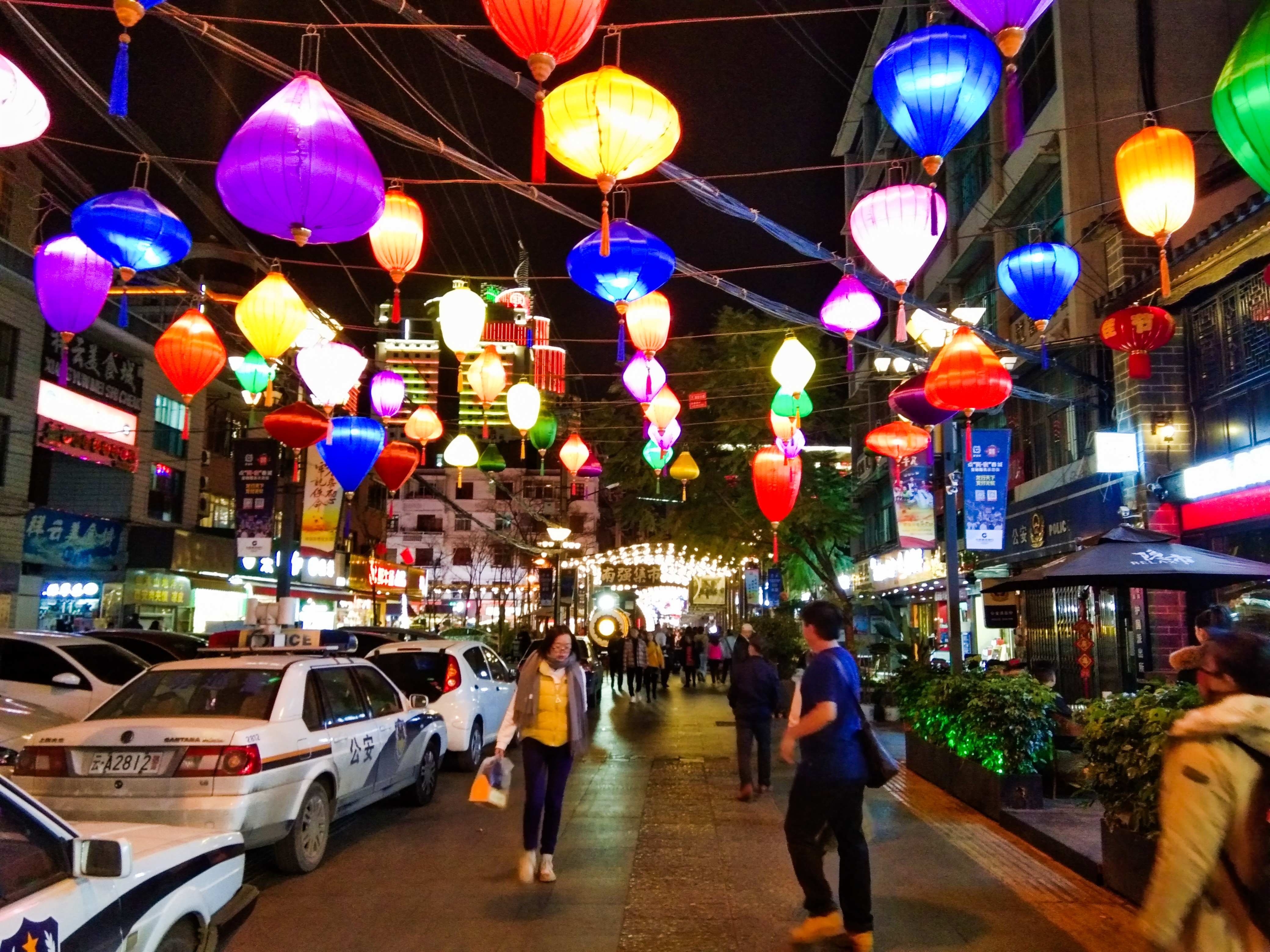
The number 1 attraction in Kunming would be none other than Stone Forest. Declared as a World Heritage Site, Stone Forest has the most unique karst landform in the world, forming natural limestone caves found in the vicinity. Located 78 kilometers away from Kunming, a visit to this attraction would take up minimum of 6 hours . Getting there would mean taking one of the regular buses departing from Kunming East Coach Station. One way journey takes around 2 hours.
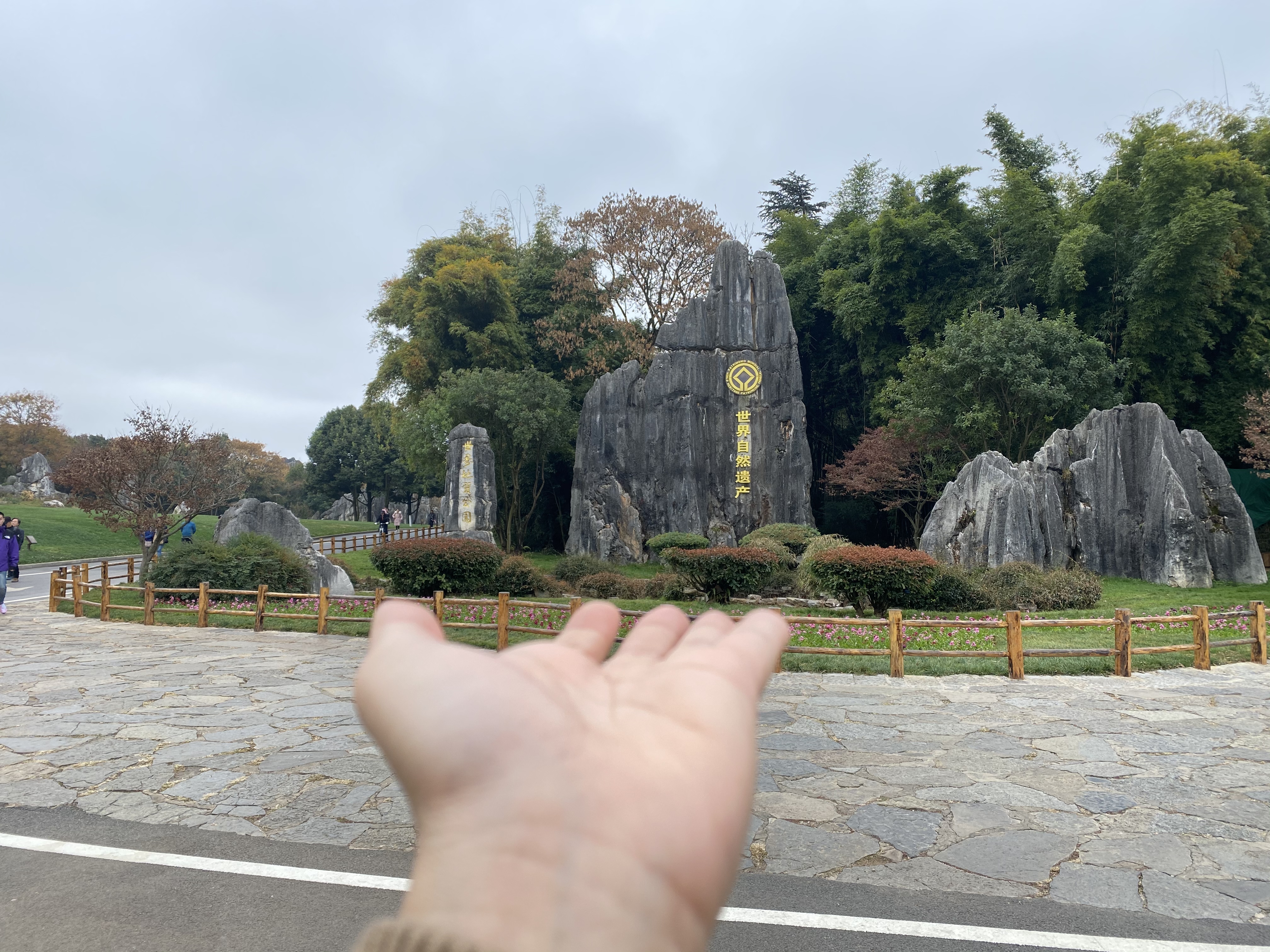
#2: Lijiang Old Town
Of all the towns/cities I have been to so far in China (Lhasa, Chengdu, Beijing, Xian, Kunming, etc), Lijiang Old Town give me a special vibe. One that has her own characteristics and will not feel like you are in China. Gorgeous landscape as well as cultural relics in Lijiang is definitely worth visiting.
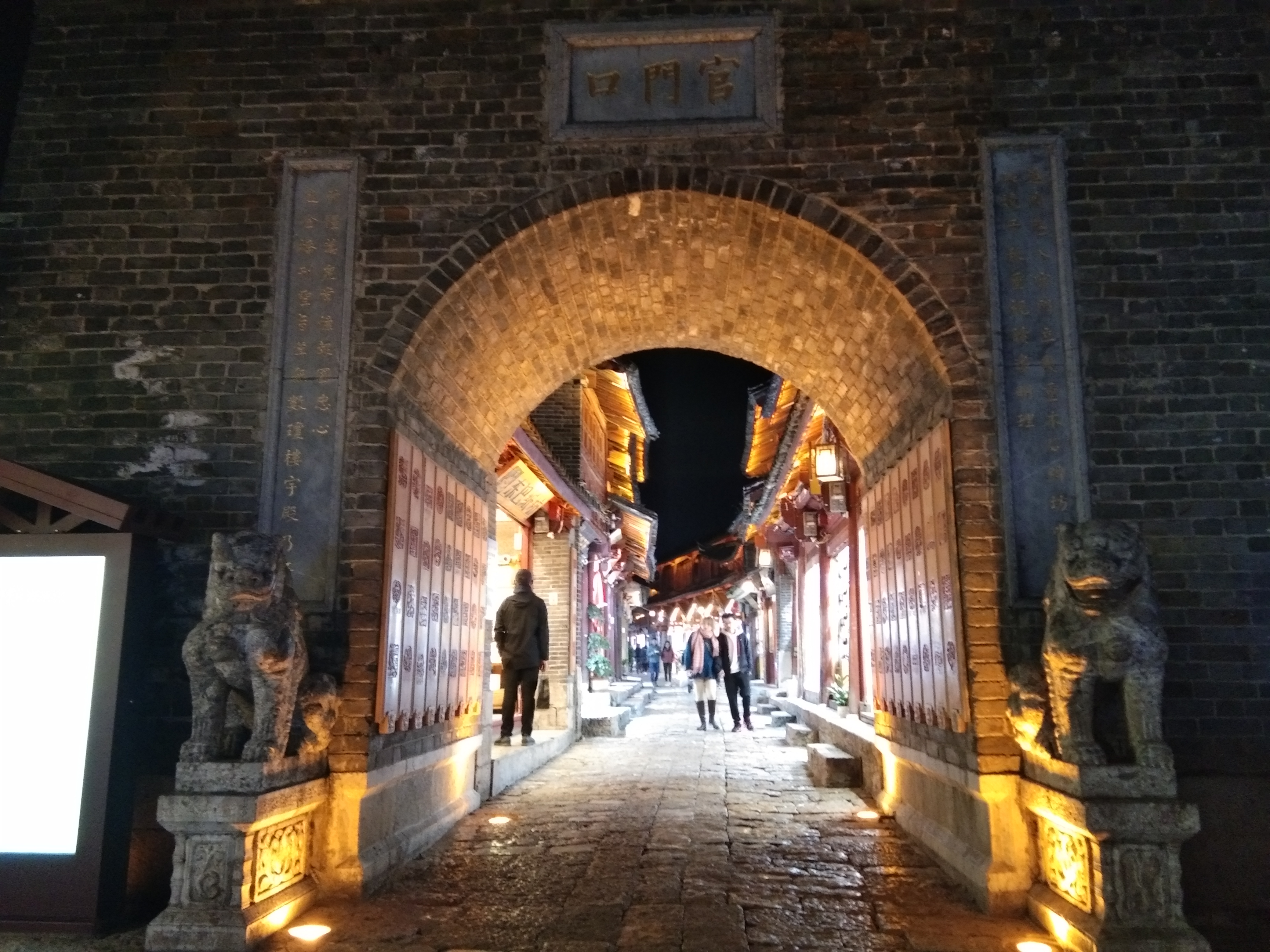
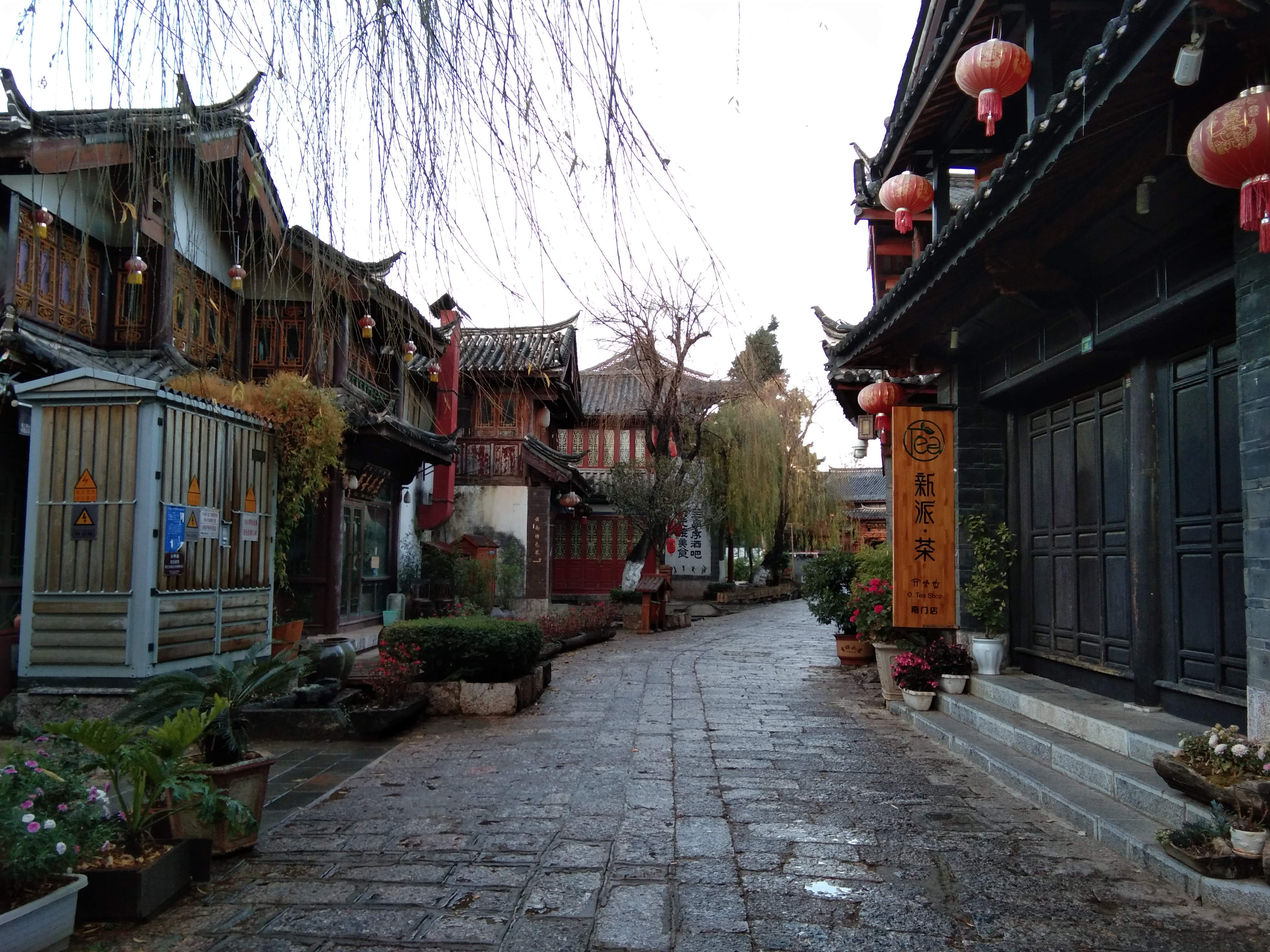
When in Lijiang, the other highlight is to visit Jade Snow Mountain (玉龙雪山). Consisting of 13 peaks, among which Shanzidou is the highest with an altitude of 5,600 meters. It is also the most southerly snow capped mountain in the Northern Hemisphere. In fact, when I was there, the snow was too much that some of the attractions were closed. Do note that as this is a prime tourist spot, expect long queue and crowds. Do factor in some time to take for queuing up of services like taking cable car ride or to simply take photos.
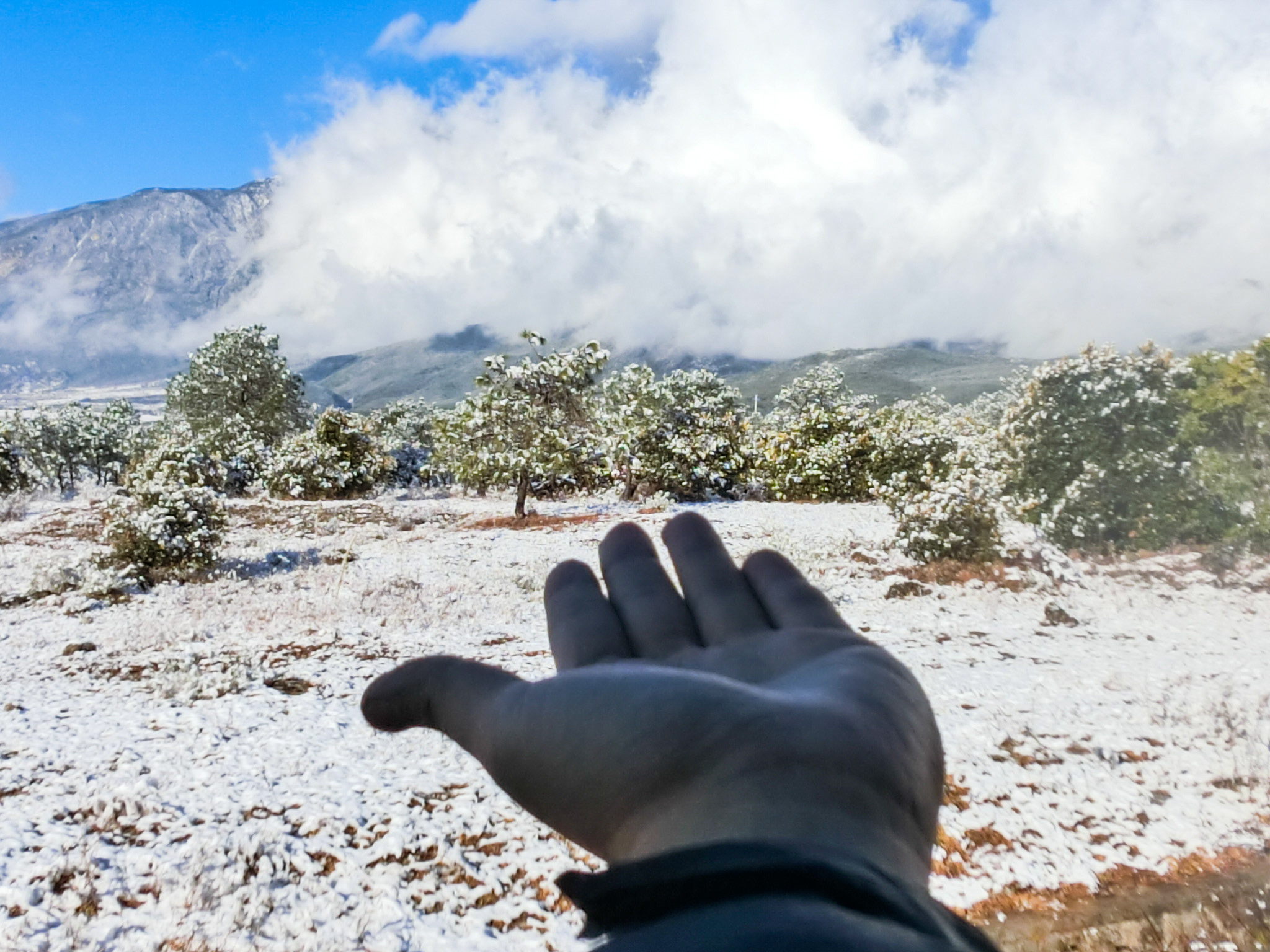
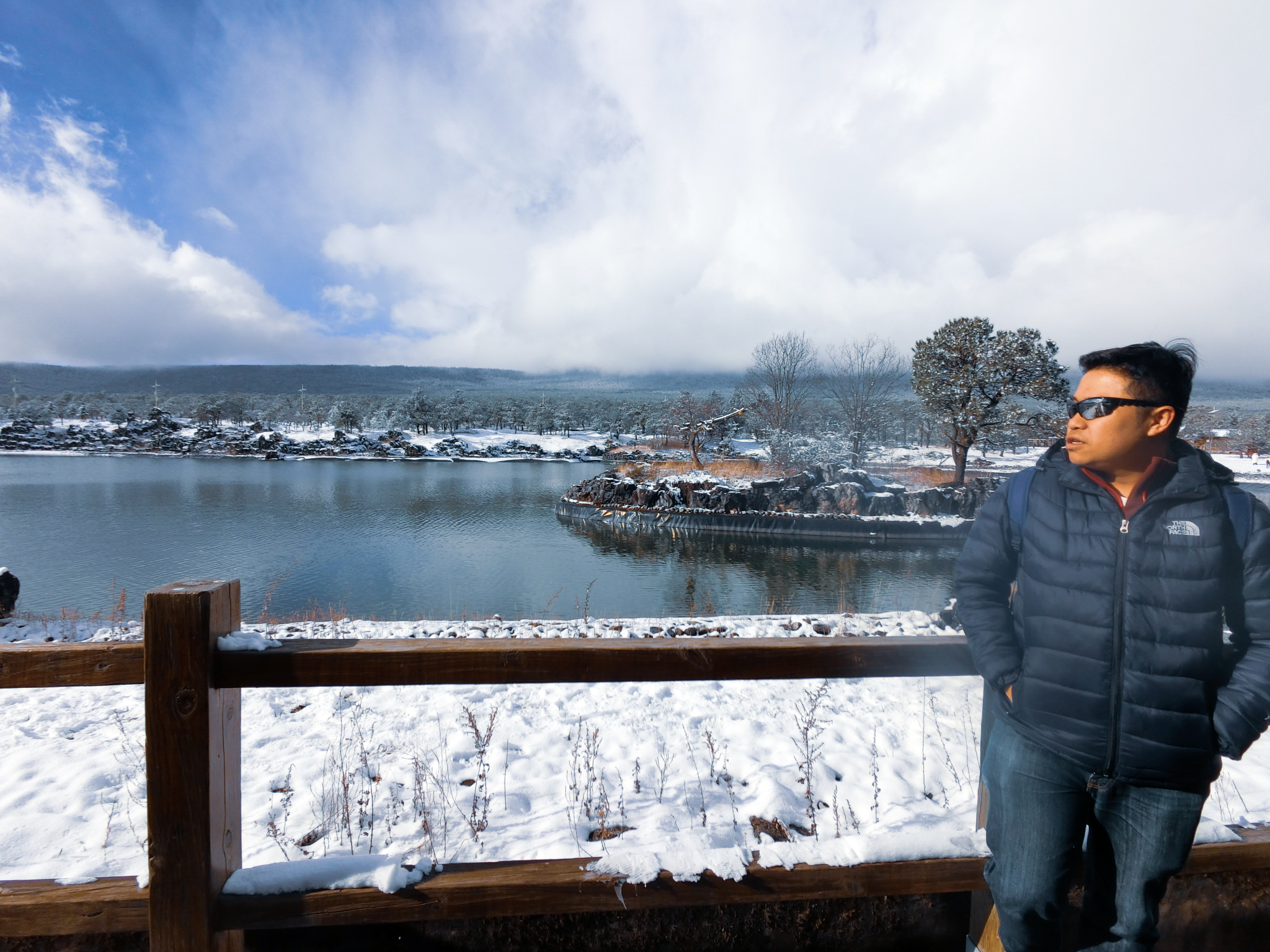
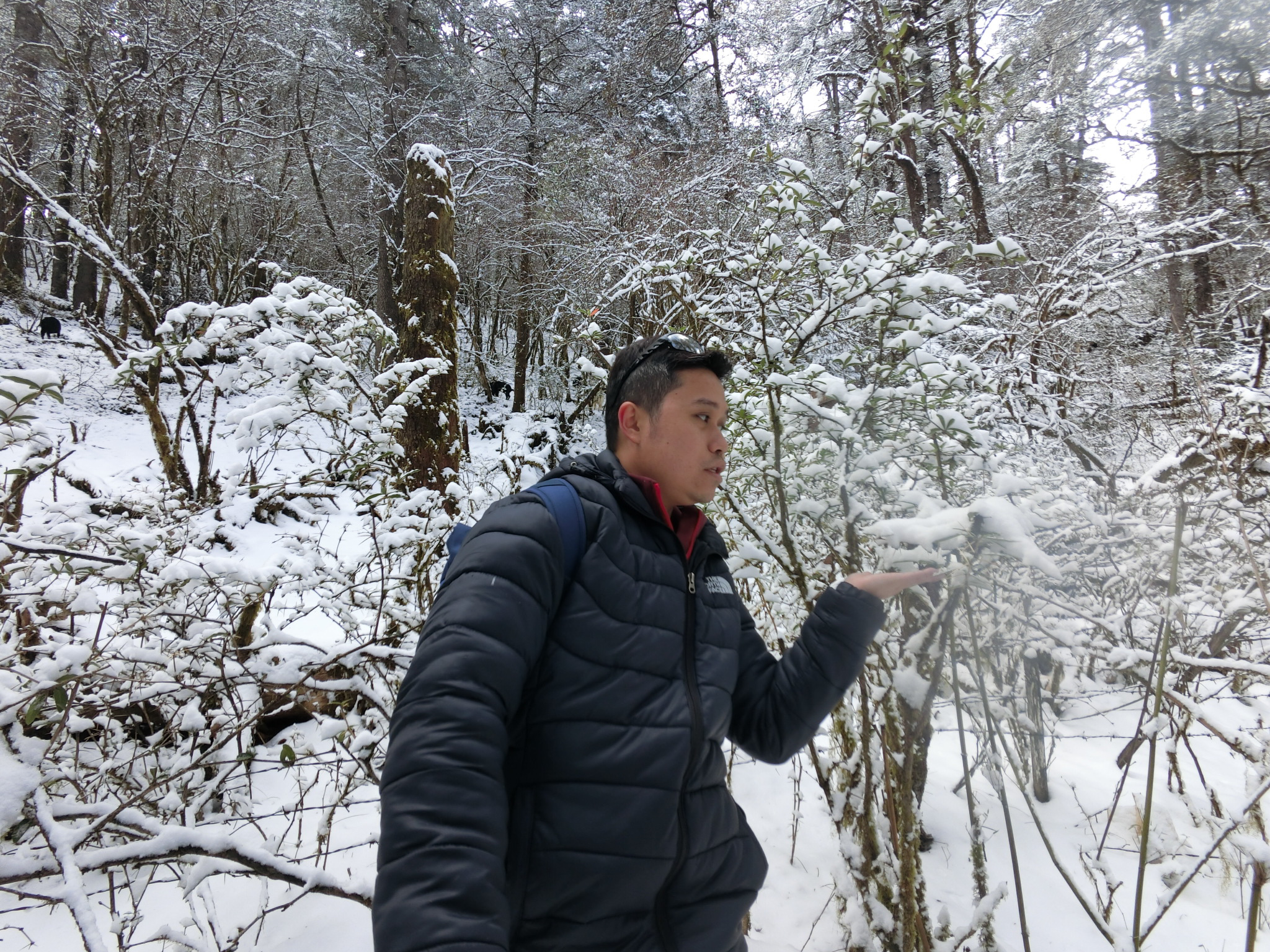
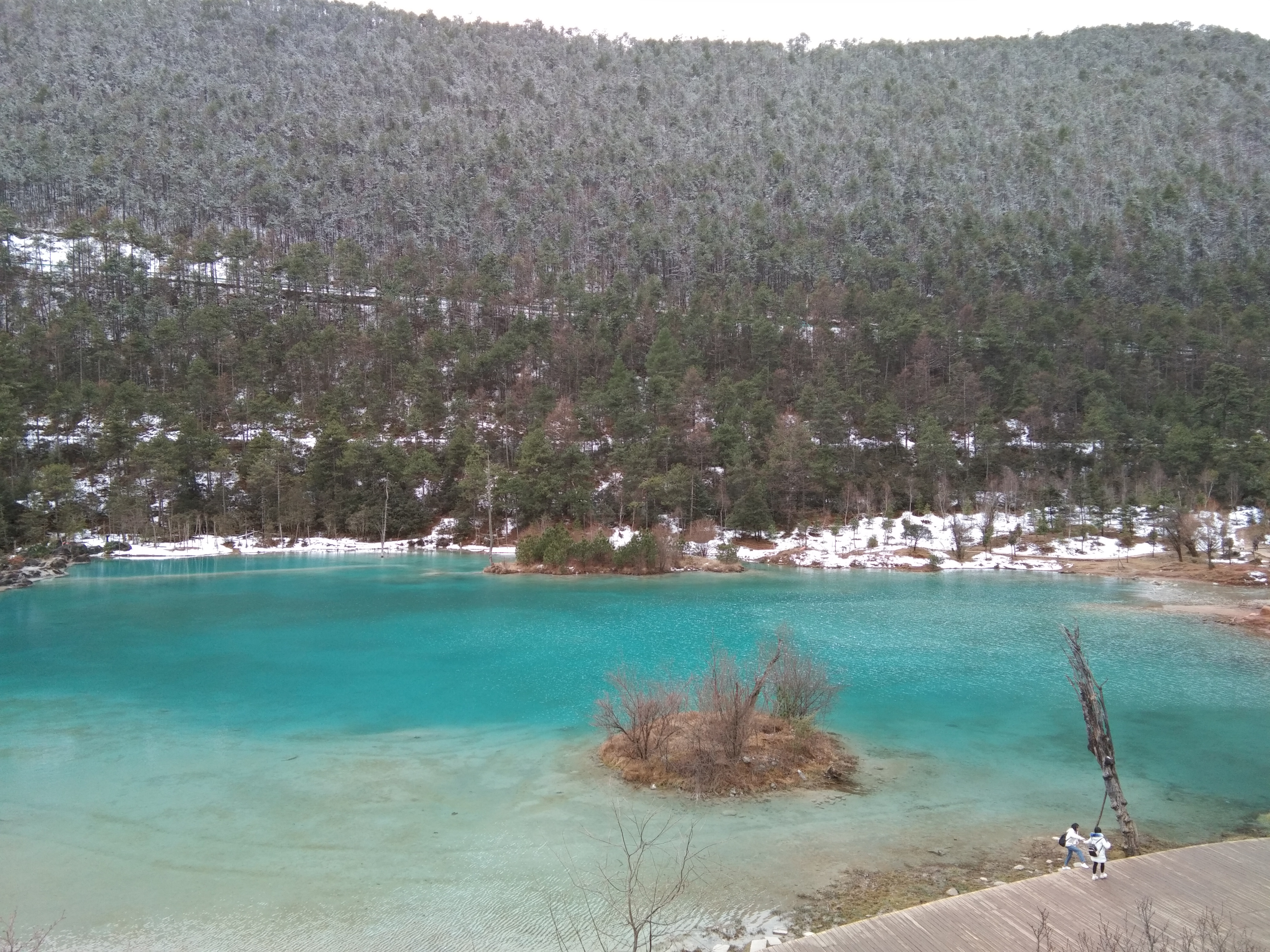
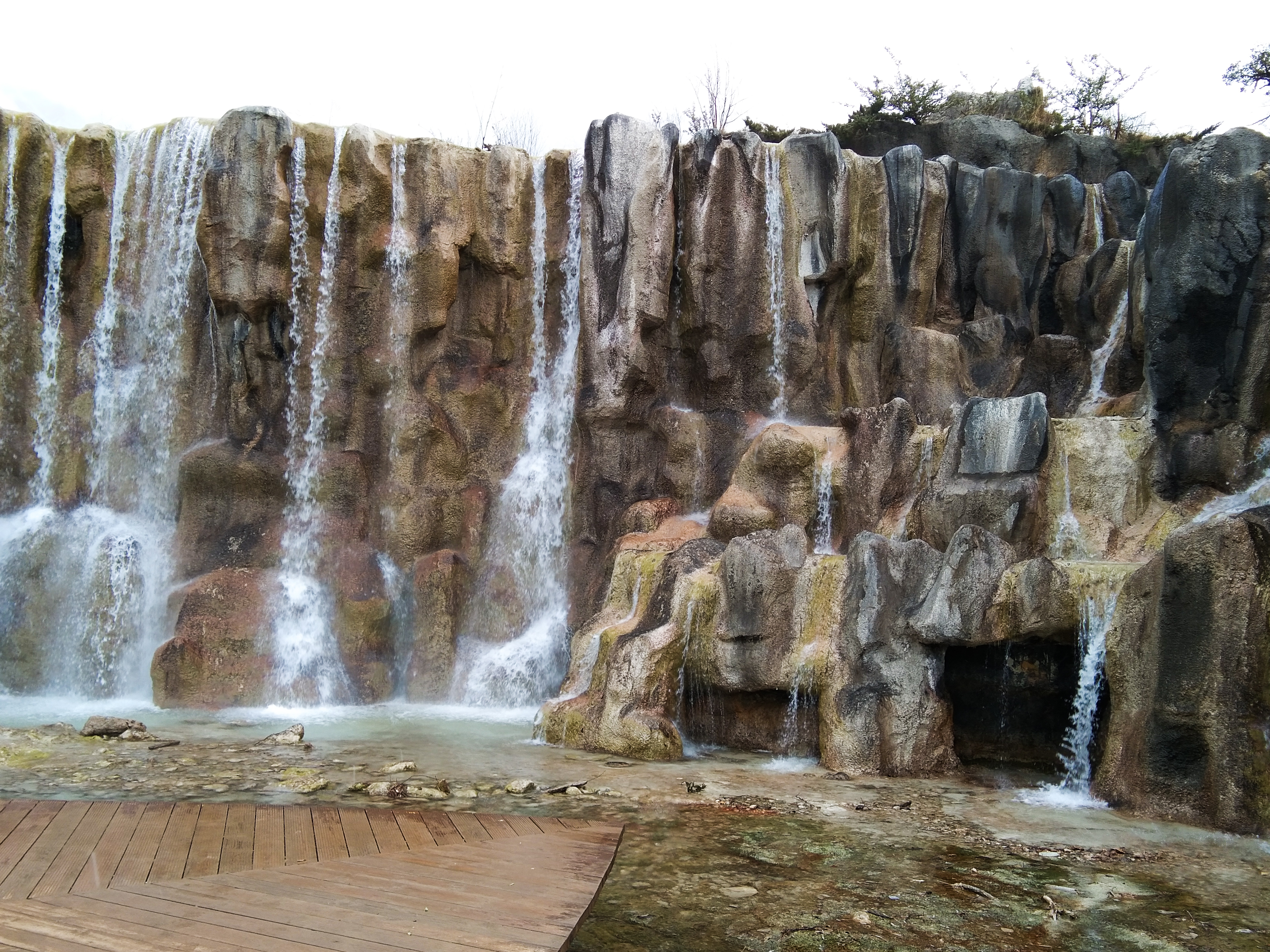
#3: Shangri-La
If you would like to experience the true essence of Tibetan life yet not stepping into Tibet region, Shangri-La would be your answer. The region is home to remote thrilling scenery, Tibetan monasteries and the starting point of the Tibetan world.
Pudacuo National Park: The best way to take in the sights would be touring the region from clockwise direction. Start from Shudu Lake – Militang Pasture – Bita Lake, with the whole route being approximately 69 kilometers. Sightseeing buses are served at each place, from entrance gate, scenic areas to exit. It takes about 4 to 6 hours for visiting the whole area of Pudacuo National Park. There are 2 ways to get there namely via:
Public bus -At Shangri-La Bus Station, there are buses running to Pudacuo National Park at 08:00, 08:30, 09:30 and 10:00. Travelers can take the bus to get back at 14:00, 14:30, 15:00 and 16:30
Private vans- At the square in Dukezong Old Town, there are mini vans taking you to Pudacuo. Before you get on the van, discuss the price with the drivers.
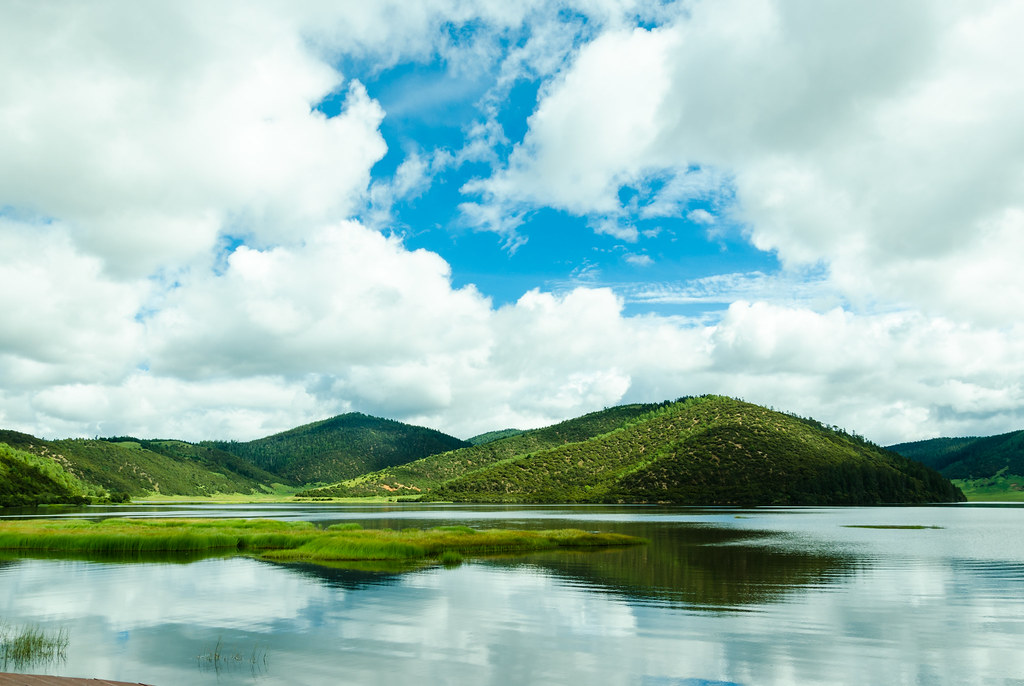
White Water Terrace (Baishuitai) is located in Sanba Township 100 kilometers from Shangri-La county. Rows of white terraces are filled with crystallized white deposits of calcium carbonate. It create an amazing sight to behold. Locals call this amazing natural sight a field left by fairies.
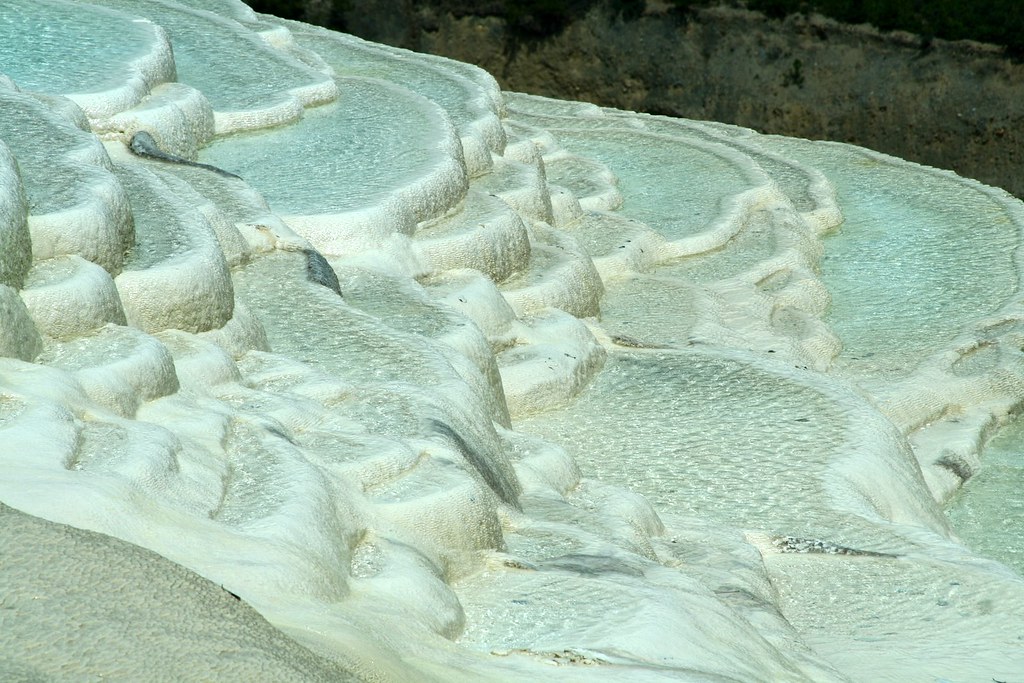
#4: Tiger Leaping Gorge
Lying on the way to Shangri-La from Lijiang Old Town, Tiger Leaping Gorge is the longest, deepest, and narrowest gorge in the world. Around 18 kilometers in length, Tiger Leaping Gorge forms part of the YangTze River.
Getting there: Bus from shangri-la bus station to Tiger leaping gorge every day (departs at 07:30, fare: 44 CNY): Arrive Qiaotou (桥头) in Hutiaoxia County (3 hours bus ride from Shangri-la). With Jade Dragon Snow Mountain to its east and Haba Snow Mountain to the west, the gorge has a drop of 3790 meters. The gorge is dangerous with standing reefs, 21 dangerous shoals, 7 drop-ridge of 10 meters high and 10 waterfalls. Most people come here for trekking while admiring the mountains scenery. Personally for myself, it was a tough hike. One of the highlight is the 28 bends. The whole distance of the 28 Bends is 7 kilometers, which takes up to 3 hours just to complete this section of the hike. It is certainly not for the faint heart, but one will be rewarded with splendid scenery and witnessing friendly villagers who goes about in their daily life.
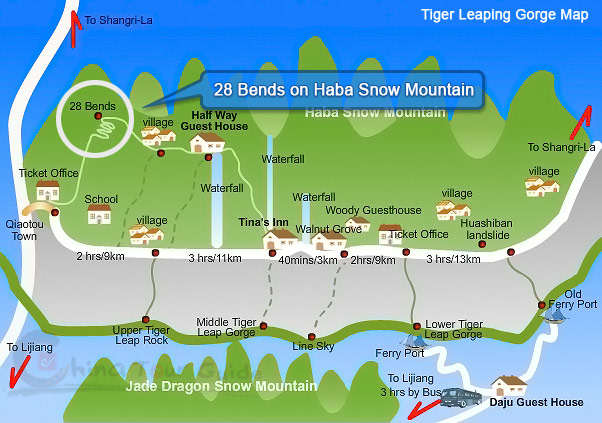
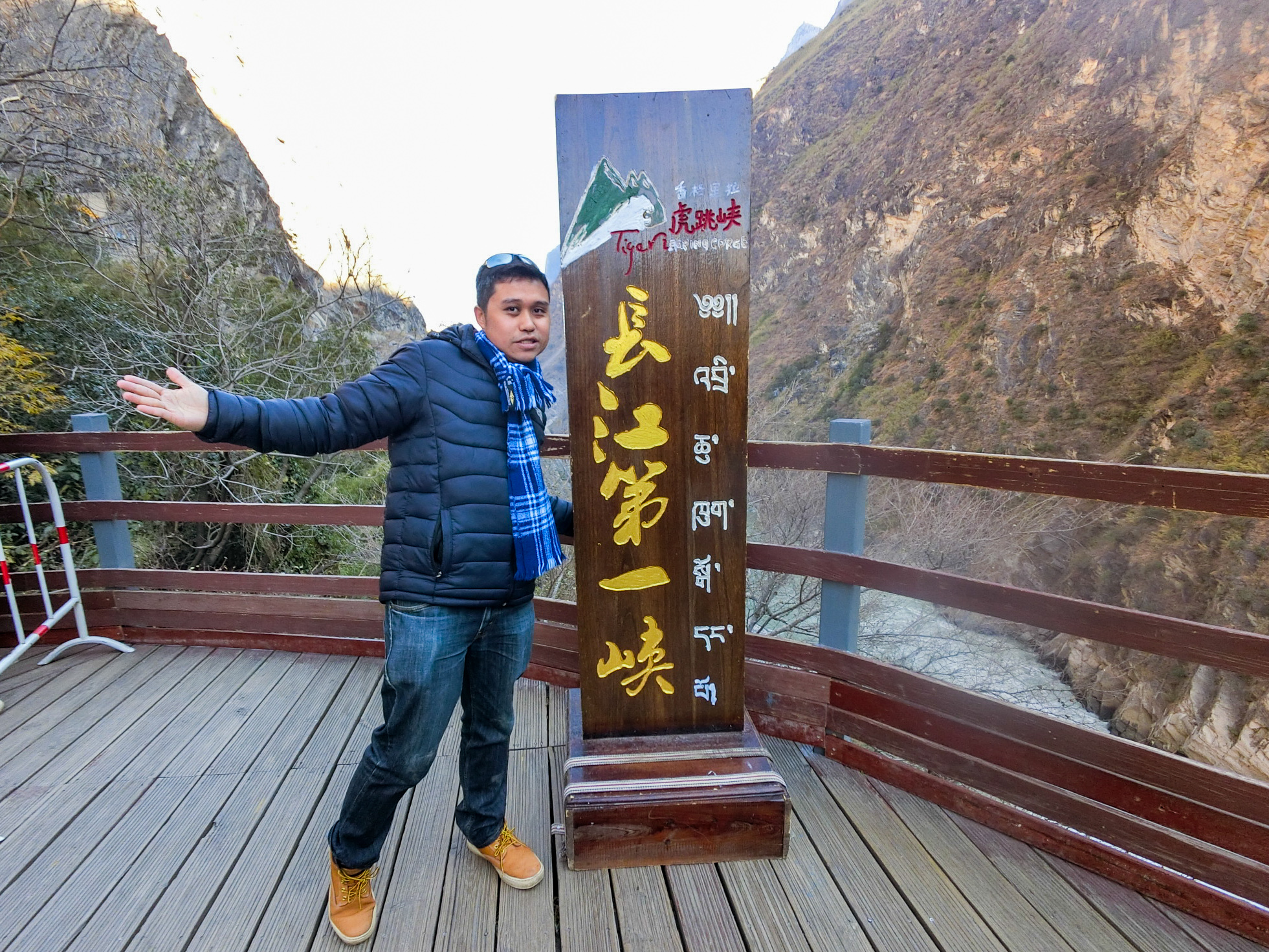
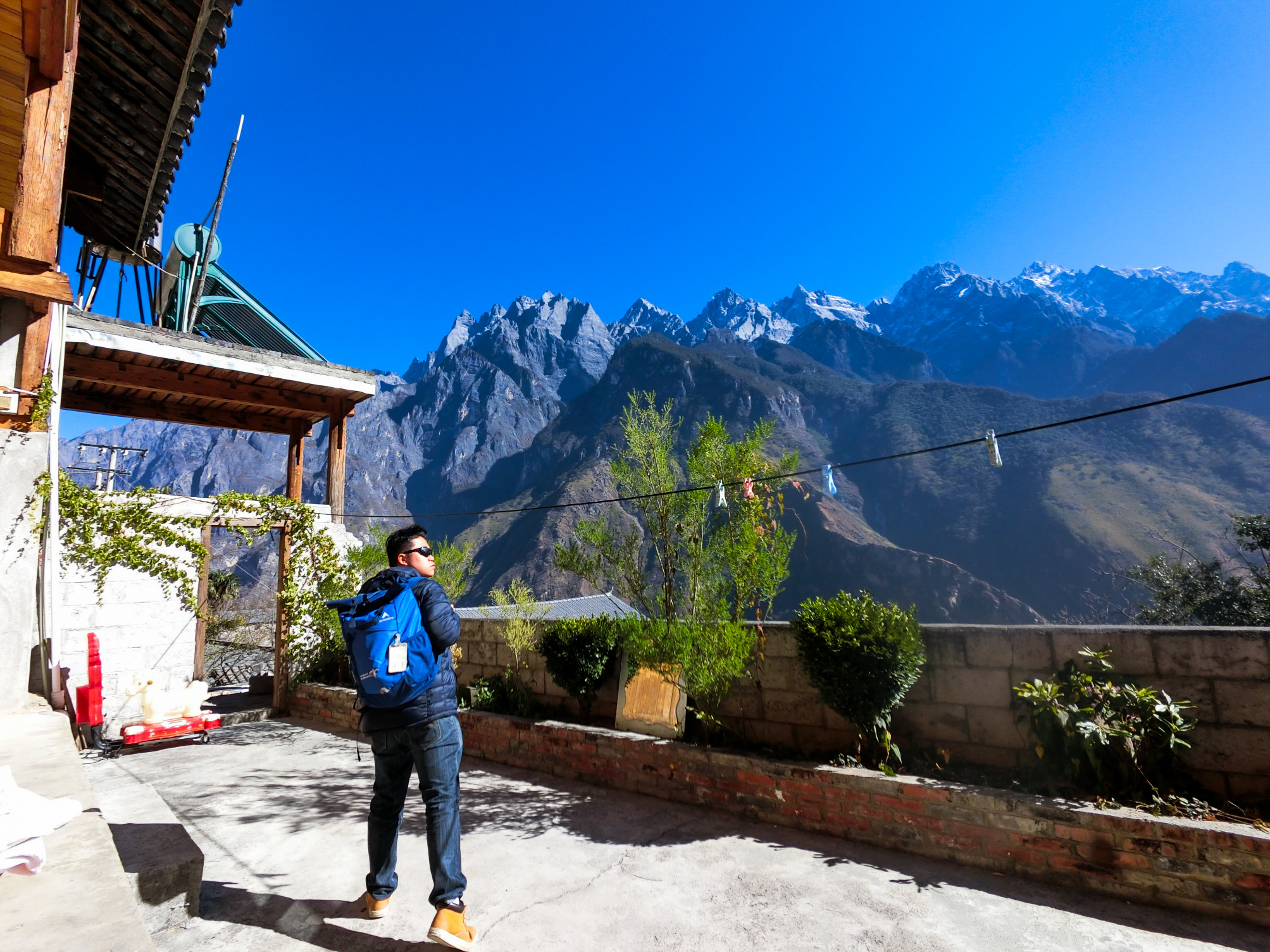
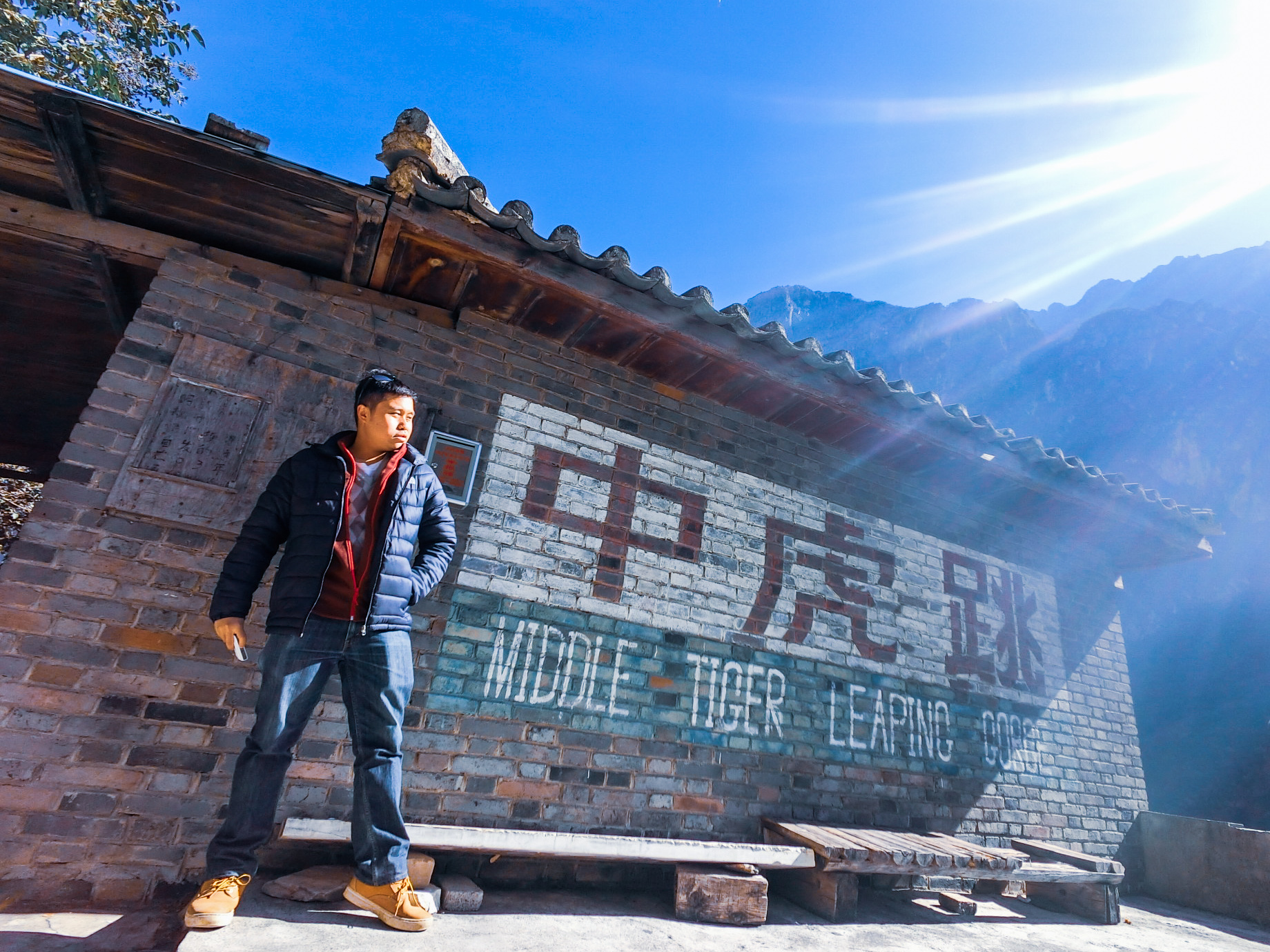
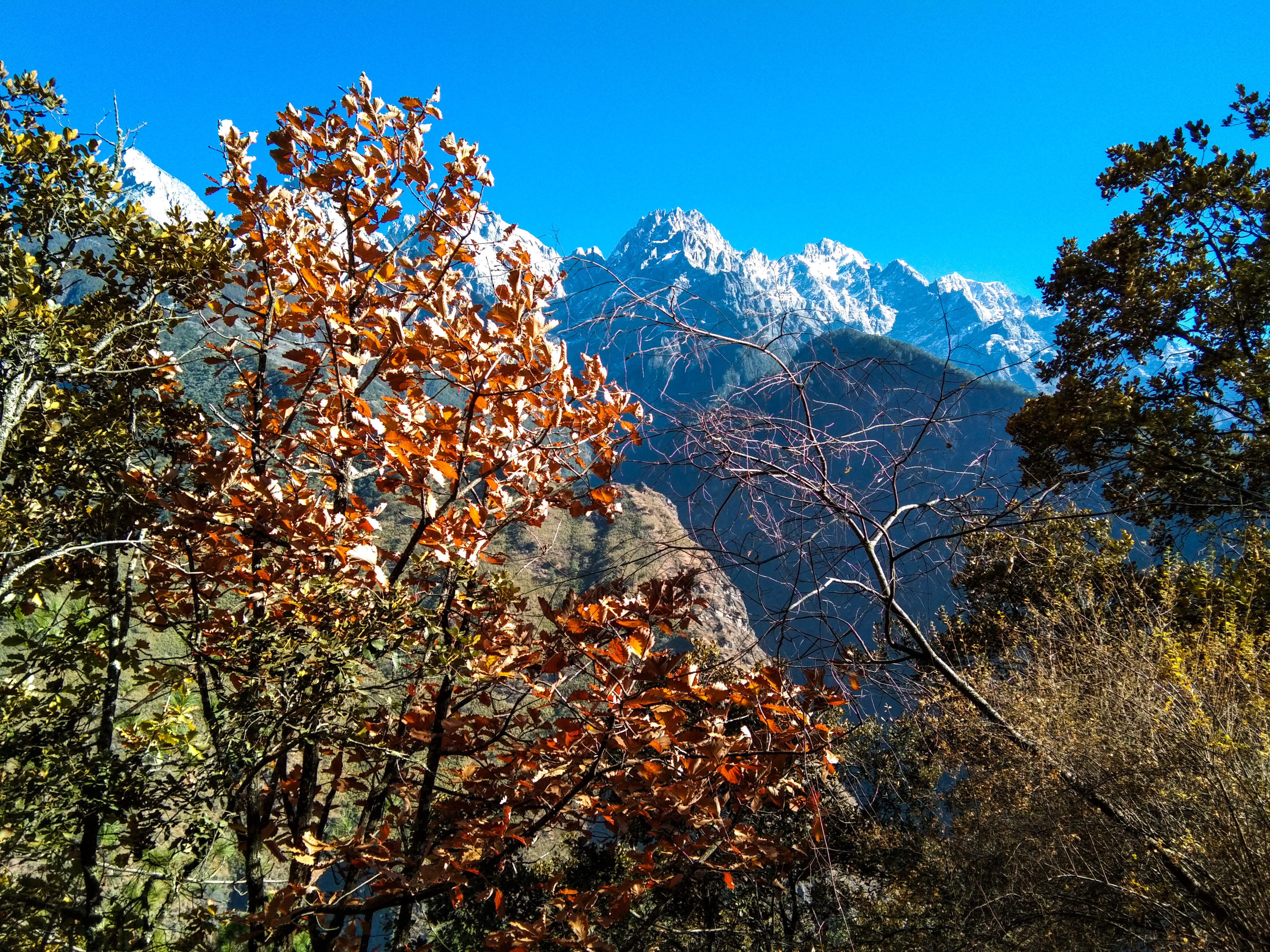
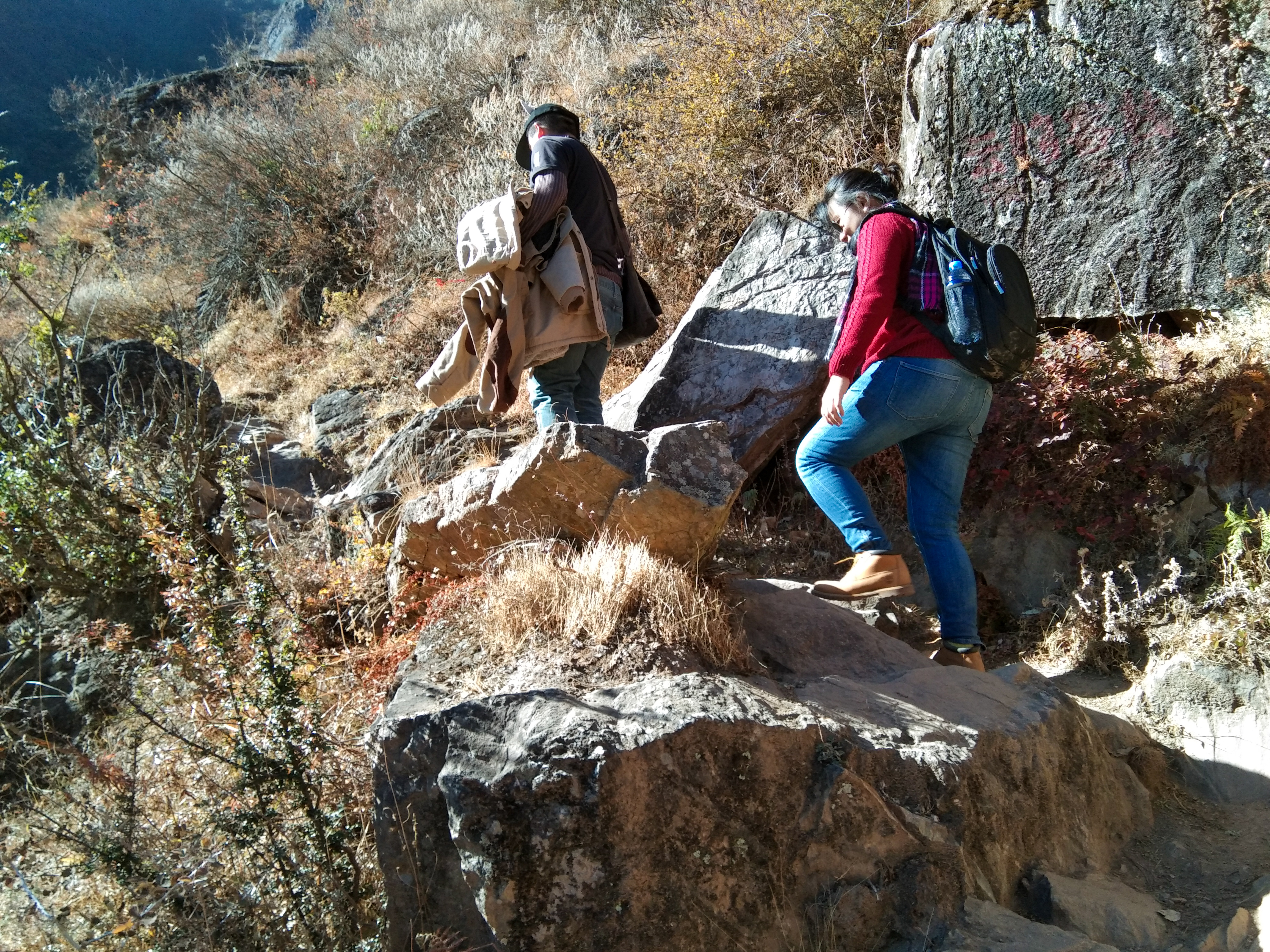
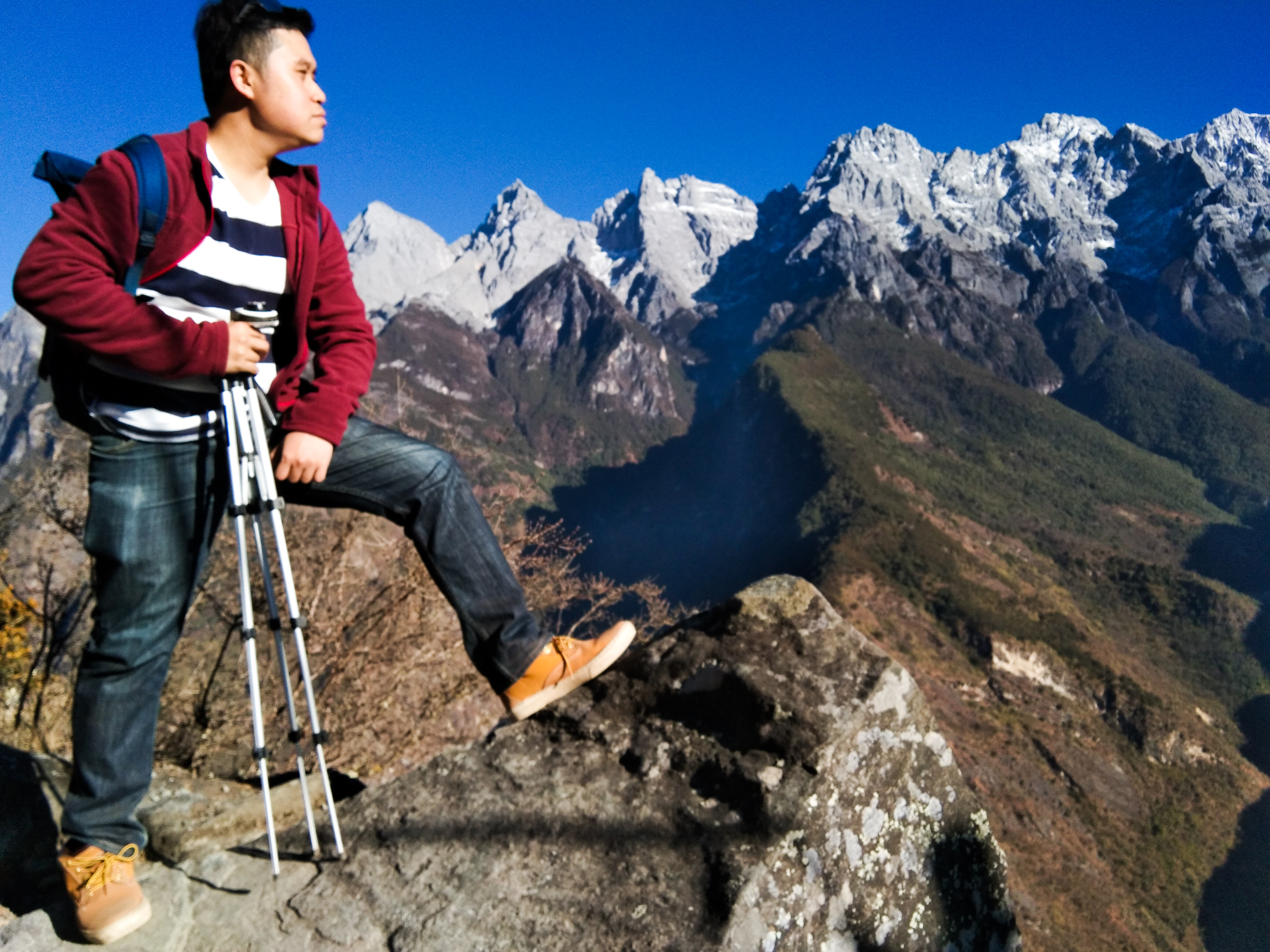
#5: Lugu Lake (泸沽湖 )
Name as the “mother lake” by the local Mosuo people, one of China unusual ethnic groups who have been living relatively isolated lives around the lake for generations, and they have retained their ancient traditions and customs. About 200 kilometers from Lijiang city, it is an alpine lake renowned for its stunning scenery and unique Mosuo culture.
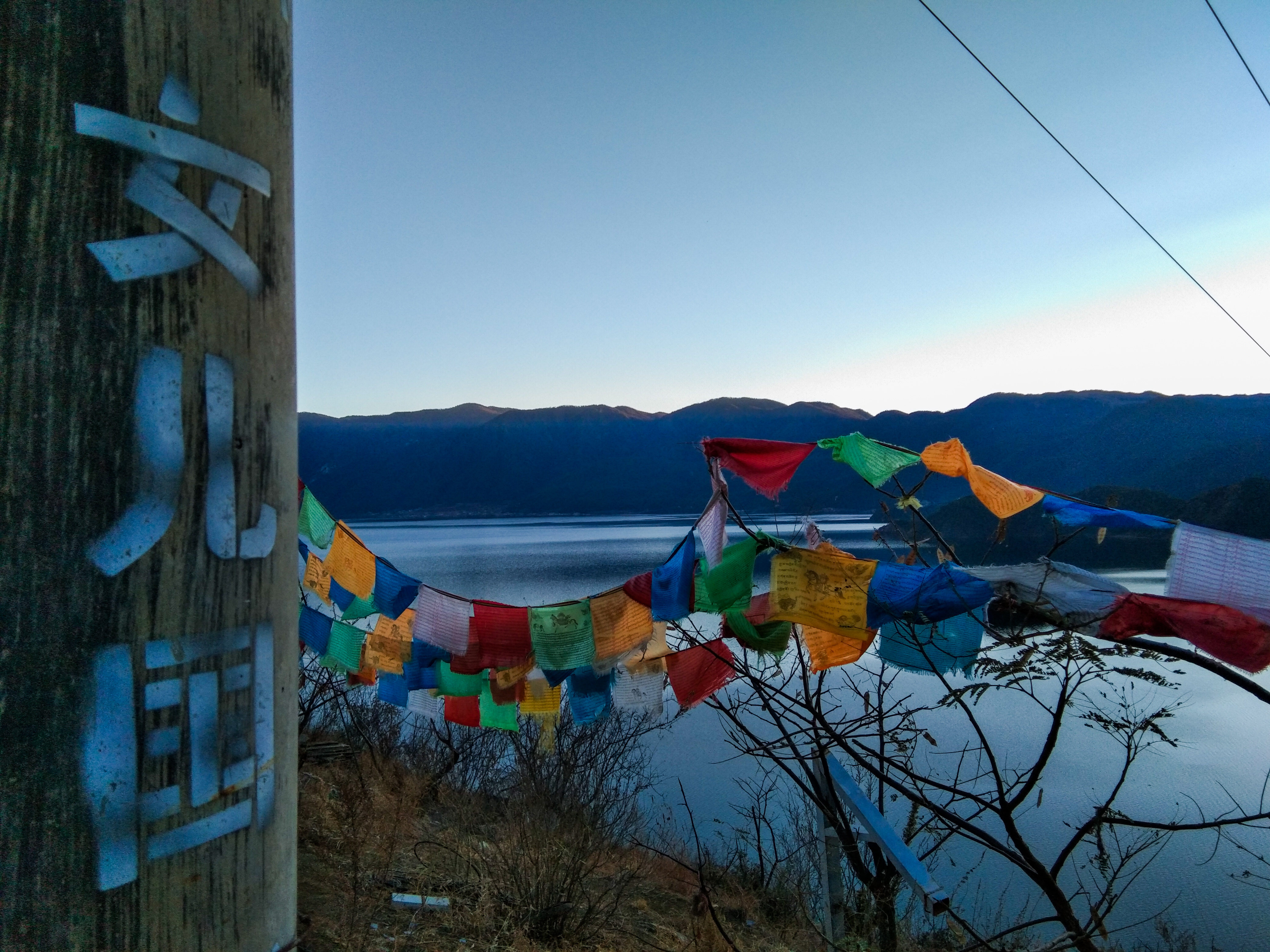
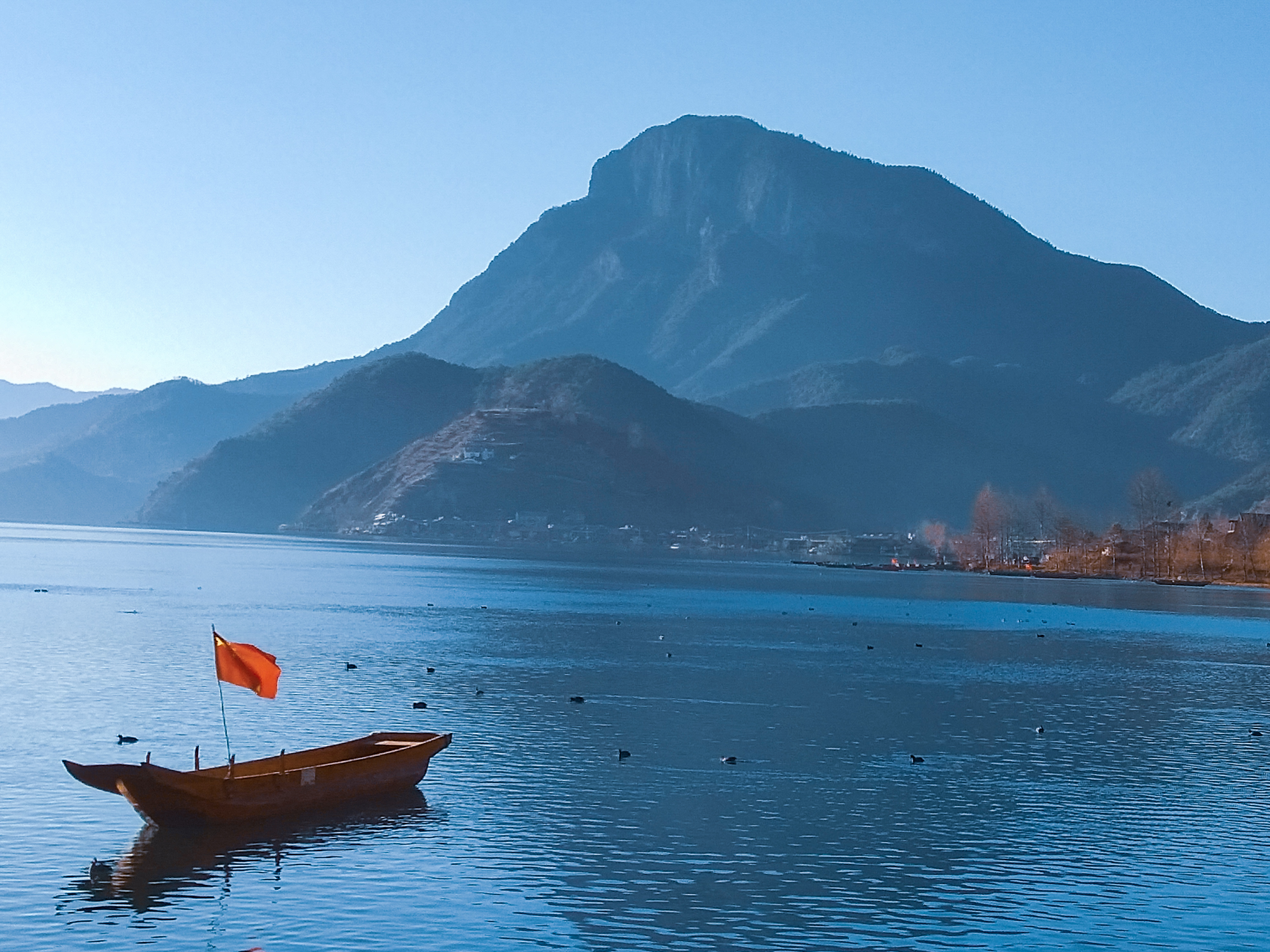
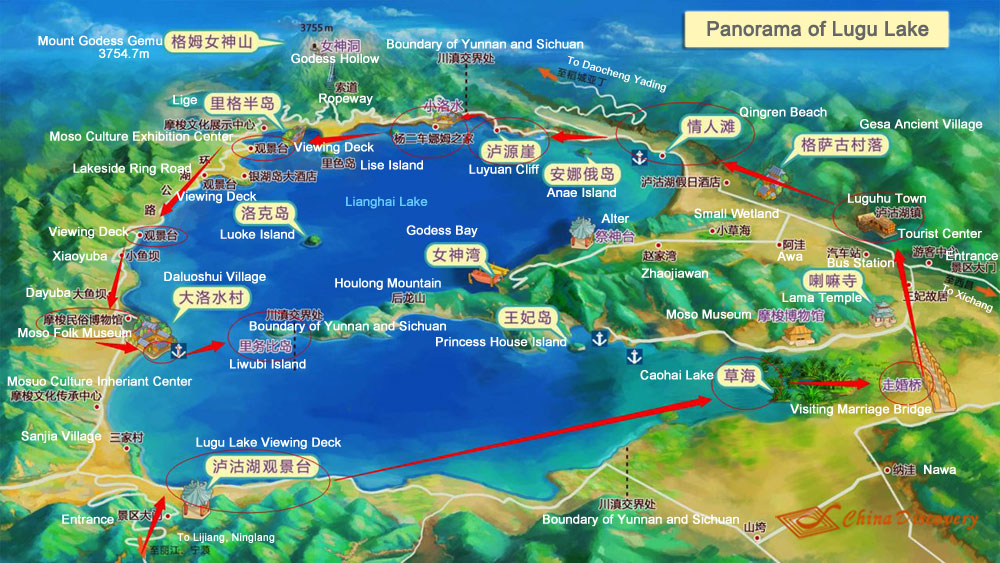
I recommend taking a tour which will last around 5 hours, depending on how long one would want to spend at each location. I do not recommend taking public transport, as it seems there is hardly any when I was there. Everyone would have a local tour guide to drive them in their car/van. Some of the main attractions to take in the sight are as follow:
Walking Marriage Bridge (情人滩)
Located in the Caohai area at the southeast water area of Lugu Lake, Walking Marriage Bridge is the only bridge with a history of 100 years. This bridge is make entirely out of wood with a length of more than 300 meters. Local people would sell handicrafts, local food along the bridge.
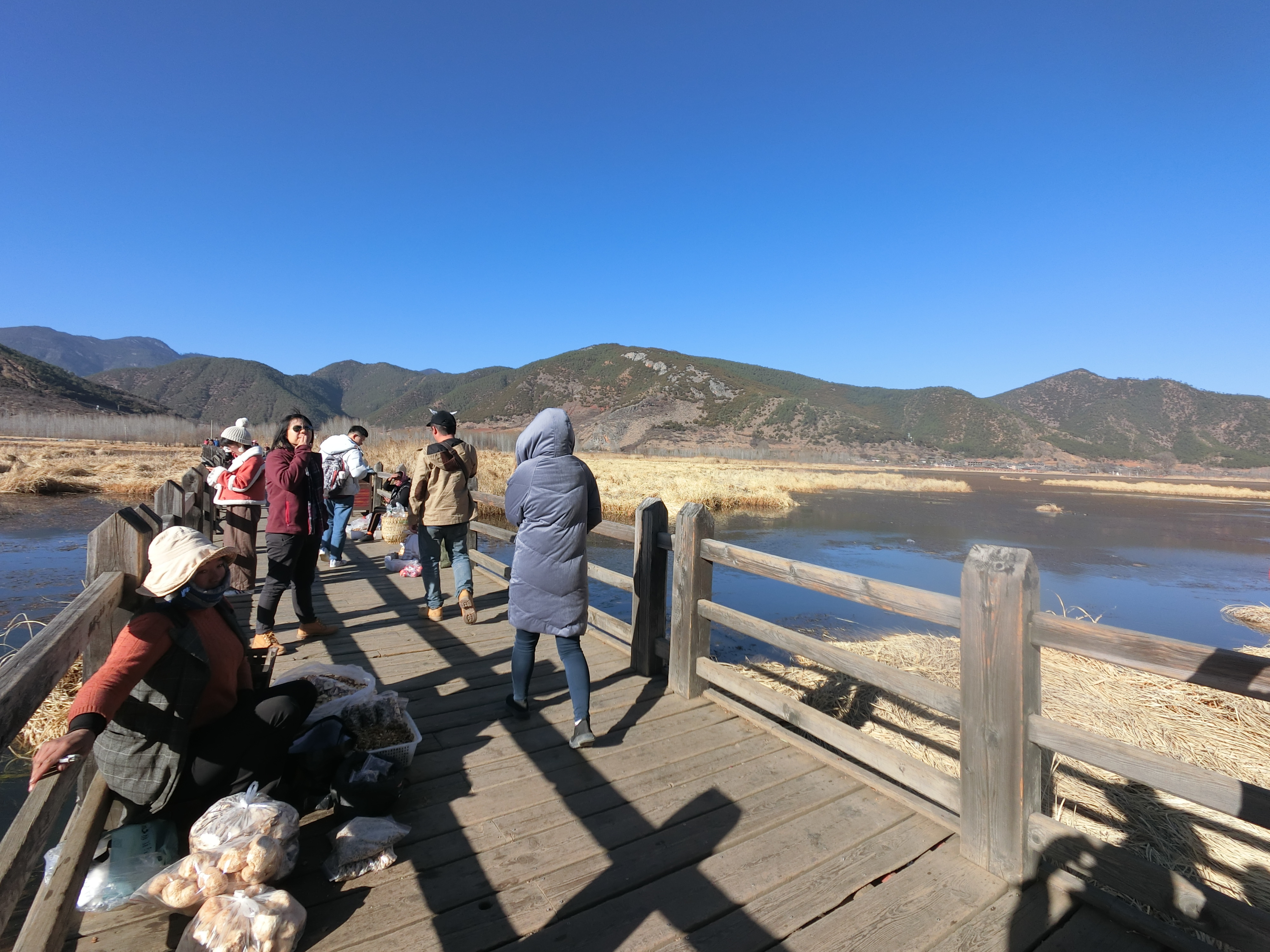
Caohai (草海区域)
Caohai, also called Grass Sea, is located at the southeast of Lugu Lake in Sichuan Province. Due to the dense reed which looks like a sea of grass from the long distance, it is named as Caohai. Fish and shrimps are in abundance in this area.
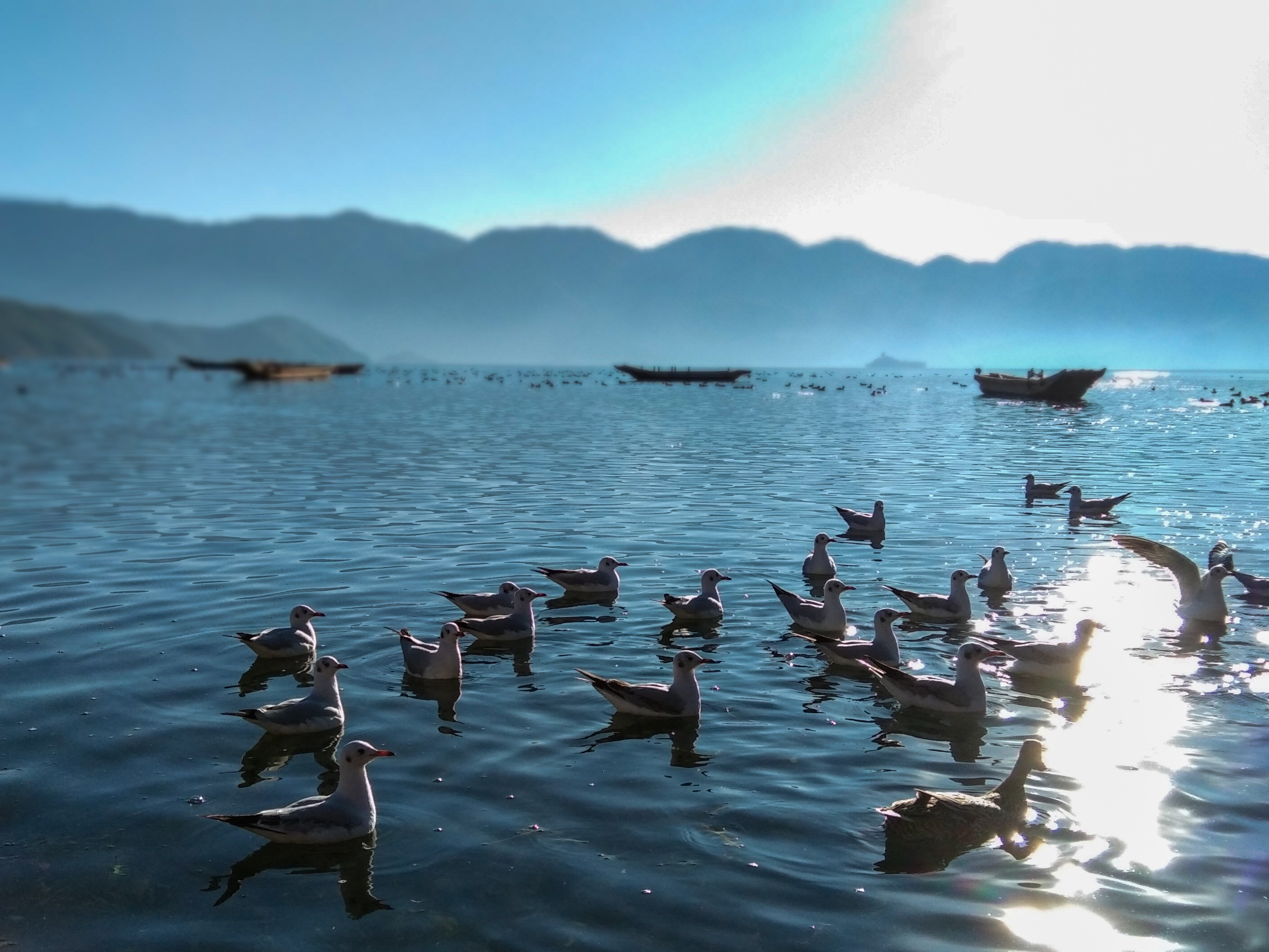
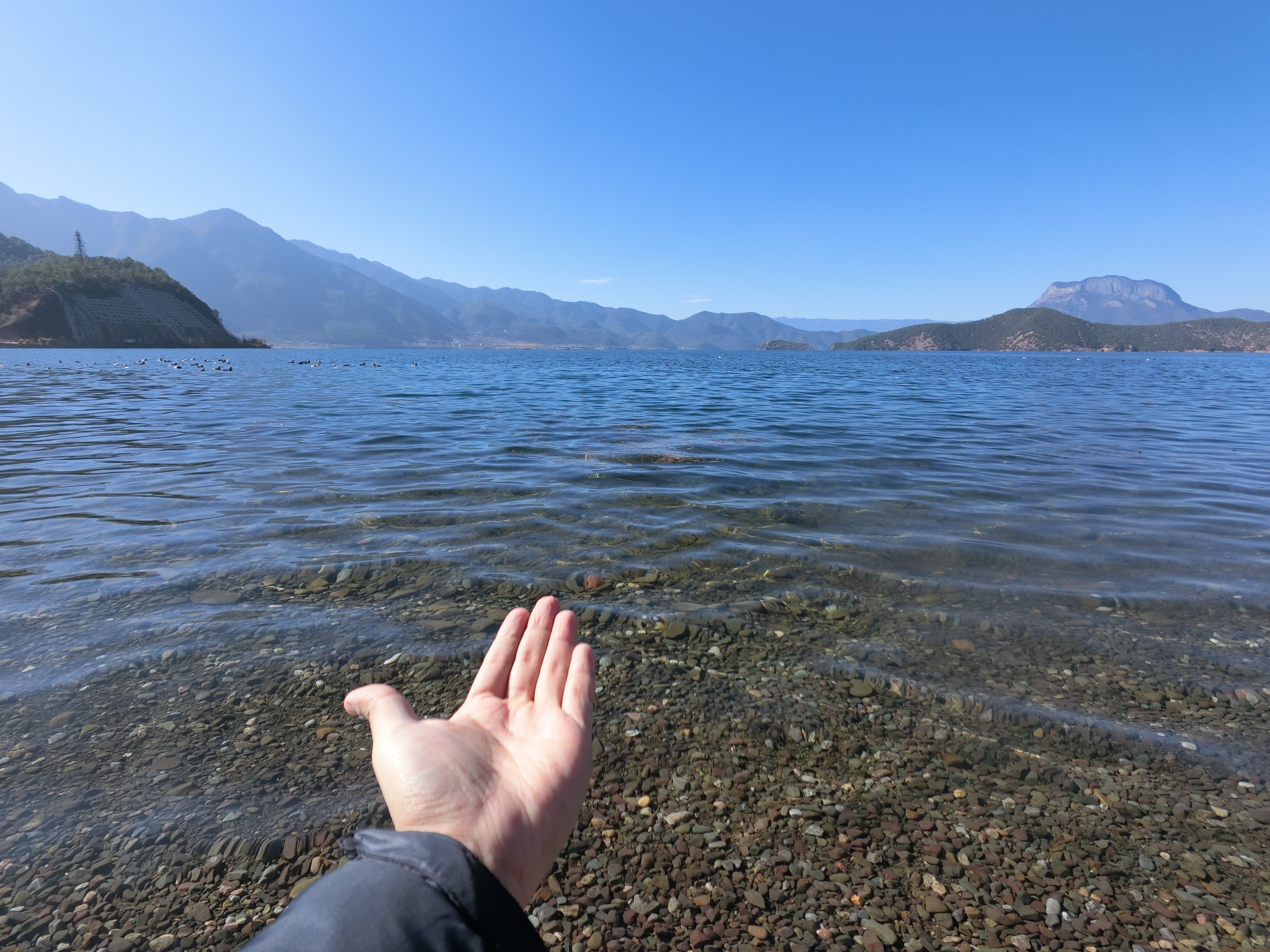
Lama Temple
All Mosuo people practice religions. One is Lama Temple is their own religion called Daba; and the other is Tibetan Buddhism.
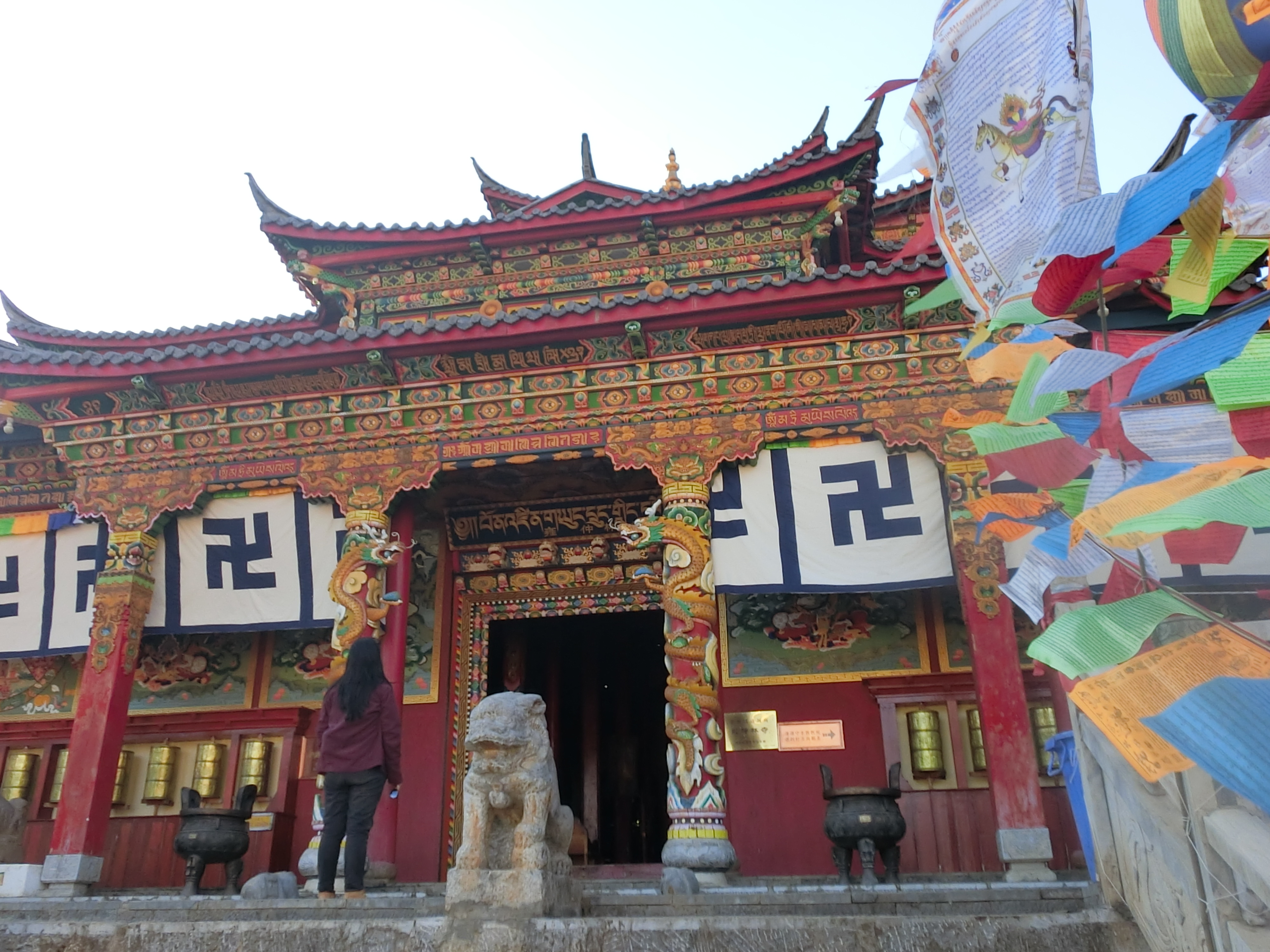
Lover’s Branch & Lover’s Trees
Gemu and Houlong had one chance to date on the 15th day of July in lunar calendar. The dating place is at the Lover’s Branch where they spoke their love story. And two admirable trees grow up there and they intertwine with each other. Later generations called them the Lover’s Trees.
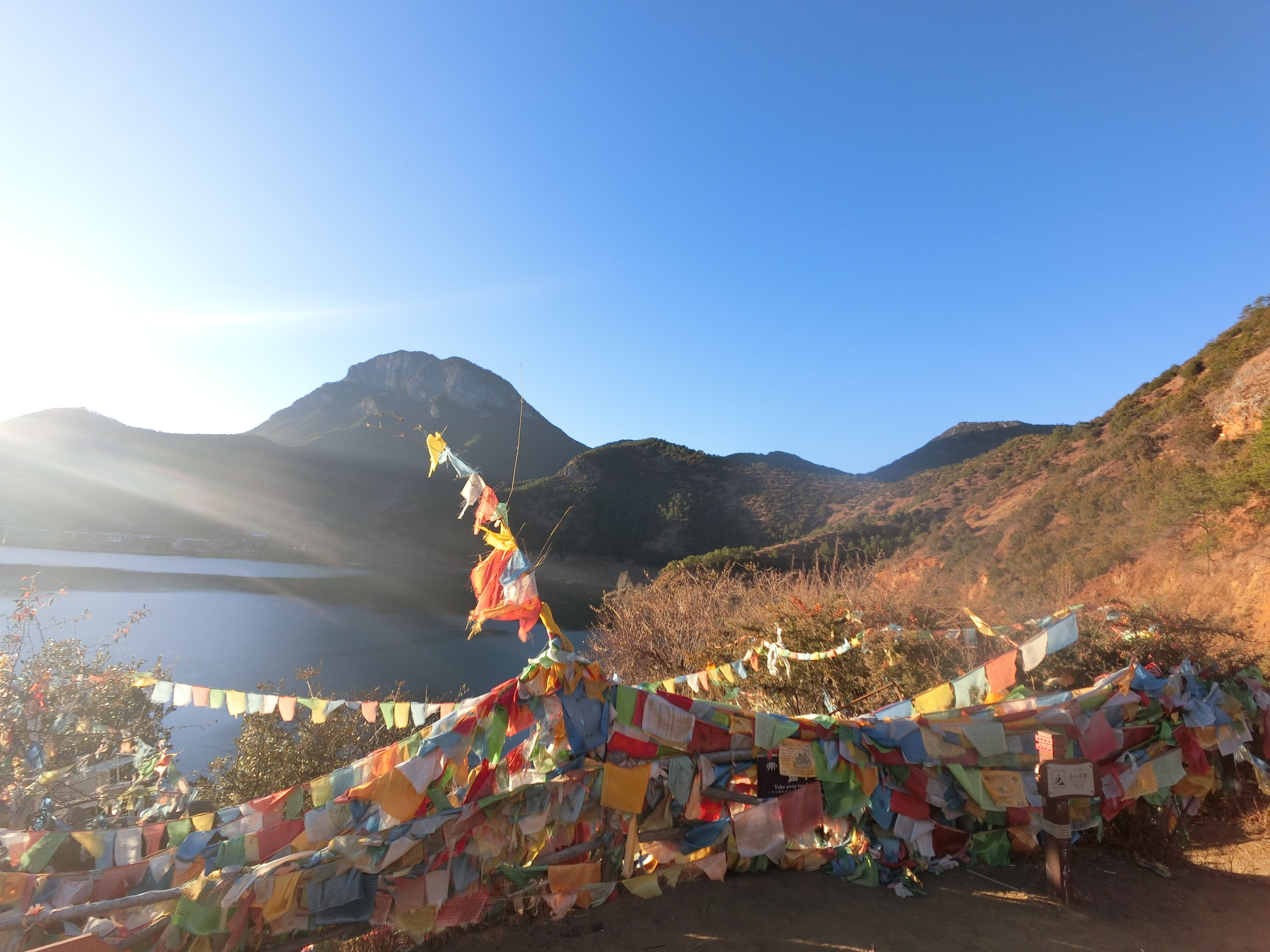
Lige Peninsula (里格半岛)
situated at the north of Lugu Lake. Its three sides is surrounded by water. The peninsula is linked to the Lige Village by a 2-meter-wide road. On the Peninsula, there are local ancient folk dwellings with several hundred history and hotels with comfortable Lake View rooms.
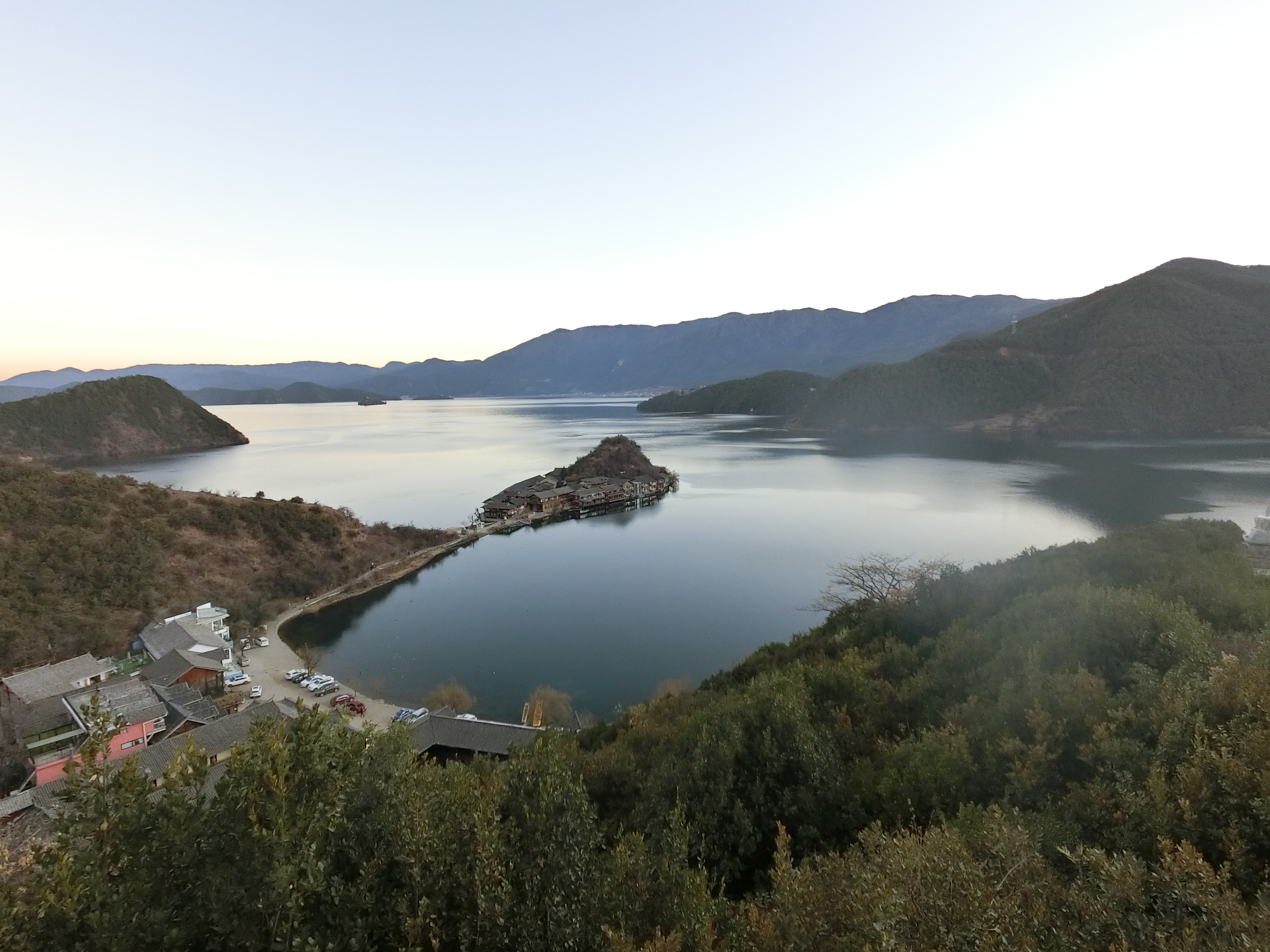
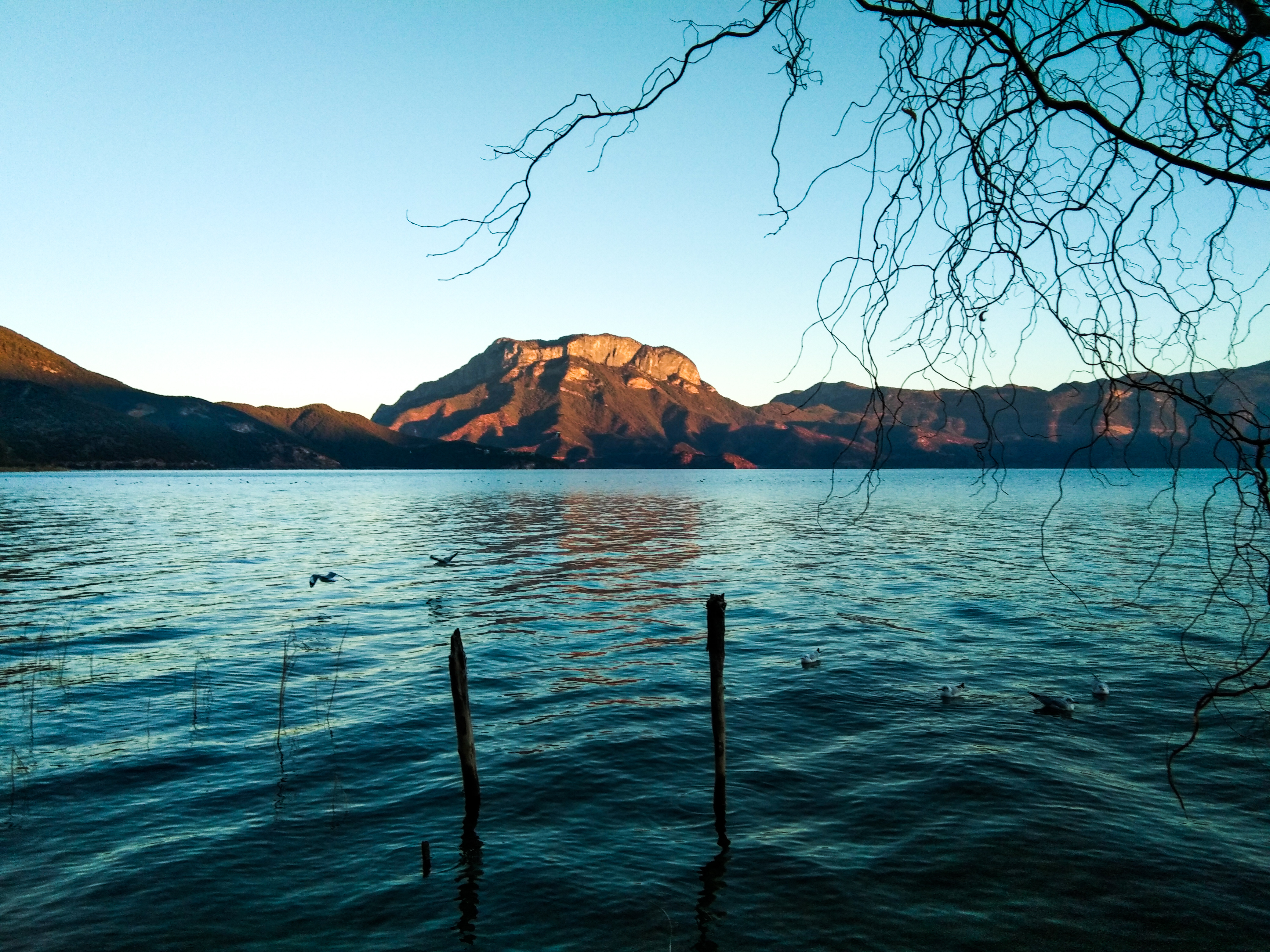
One of the popular local dishes in Lugu Lake would be what the locals term as Stone Wok Fish. The cooking method is rather interesting as it uses vapour steam to cook the fish. Please try this dish when you are there, the soup taste heavenly whereby one can choose the base to be either sour vegetables, mala spicy or clear fish stock soup.
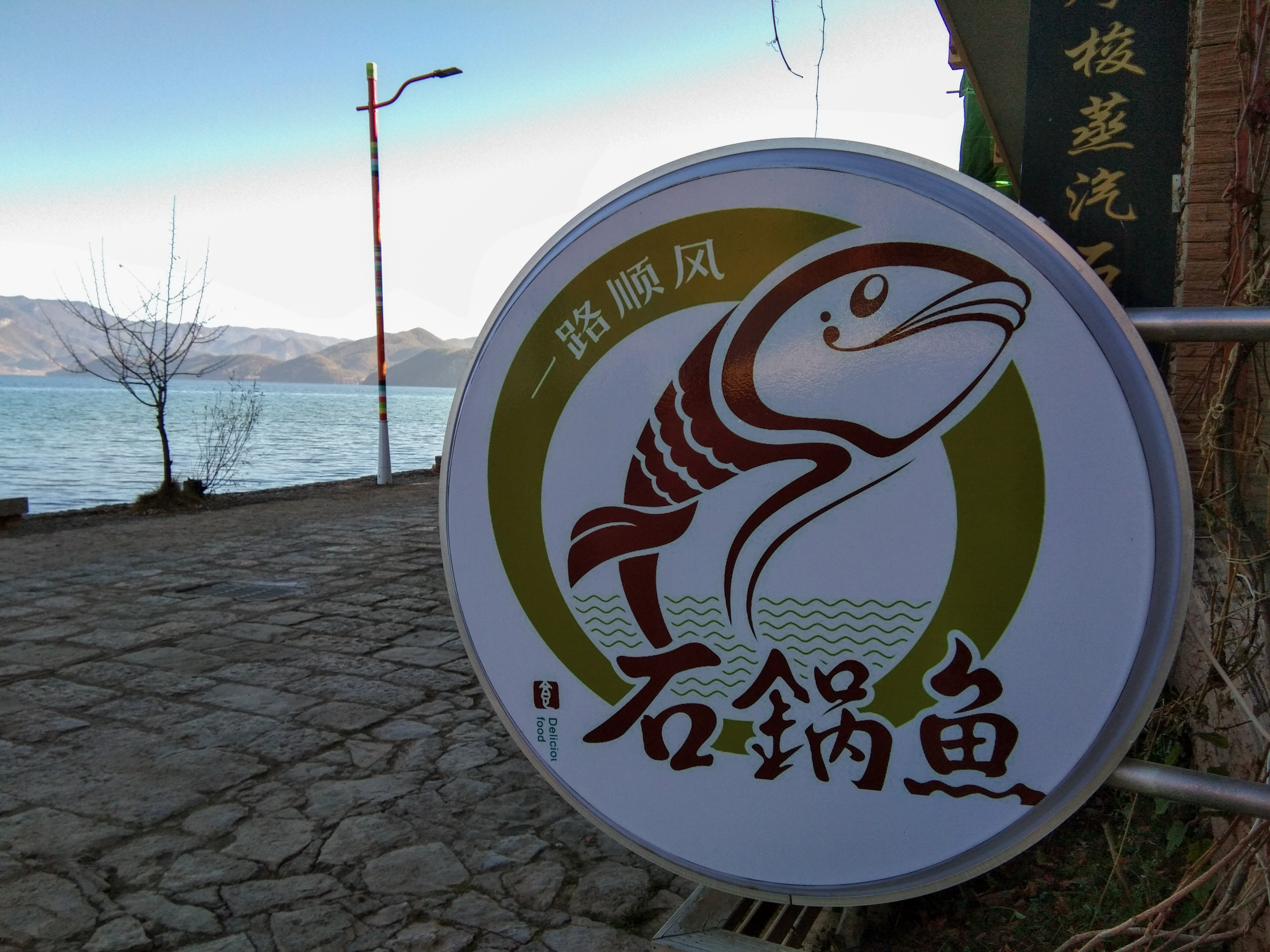
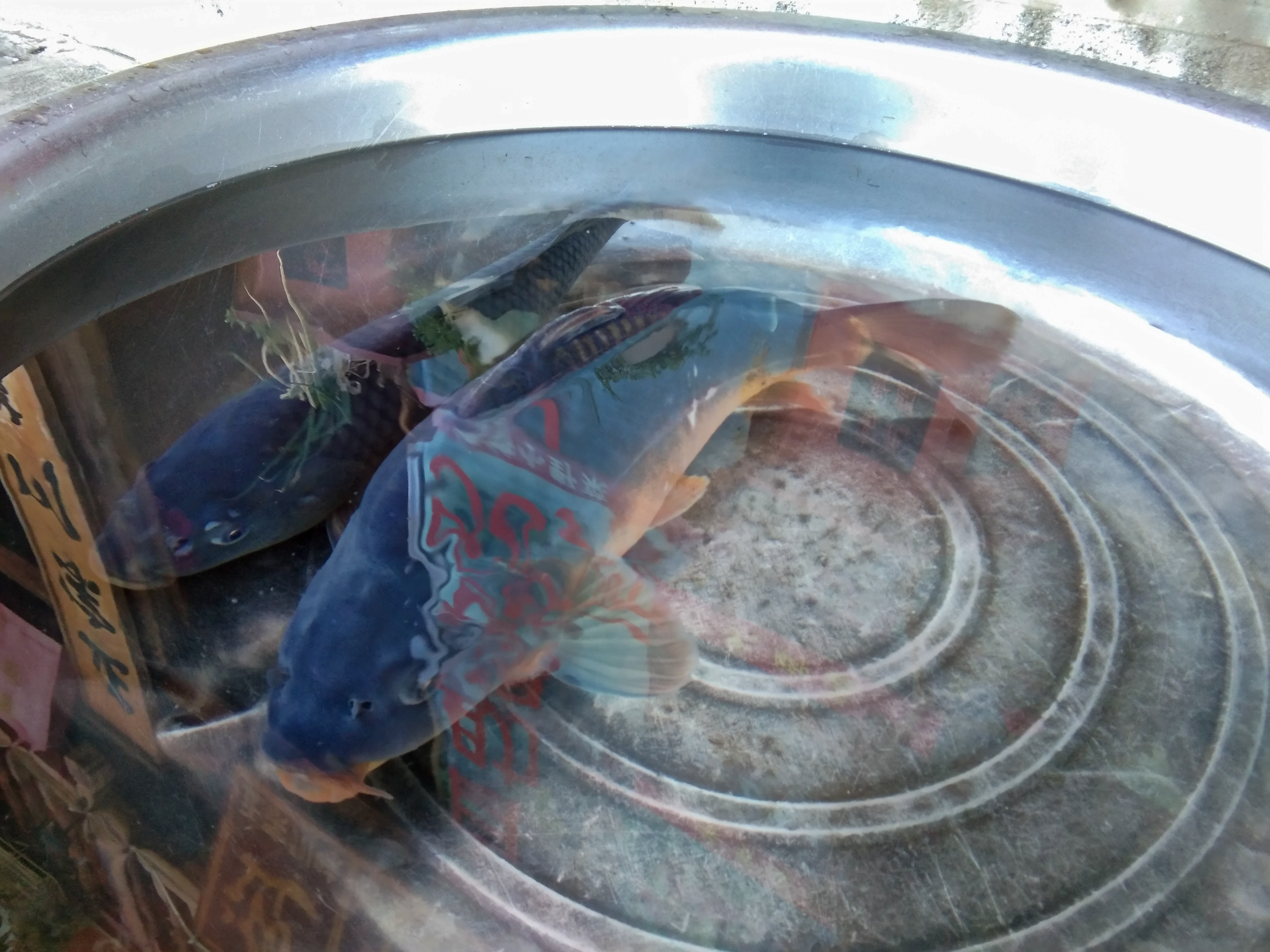

Expenses:
The calculation below is based on 2-3 pax sharing of costs when it comes to food, lodging and transportation.
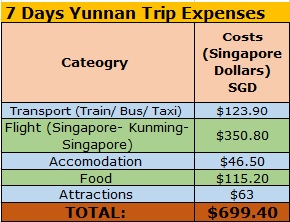
If you are looking for itinerary, please find out more on this link.
Categories: Asia Region
Leave a Reply